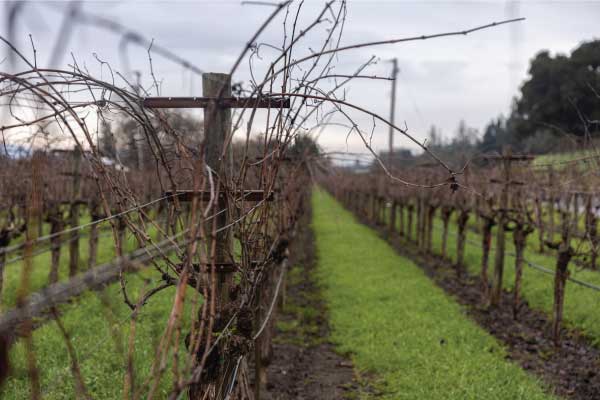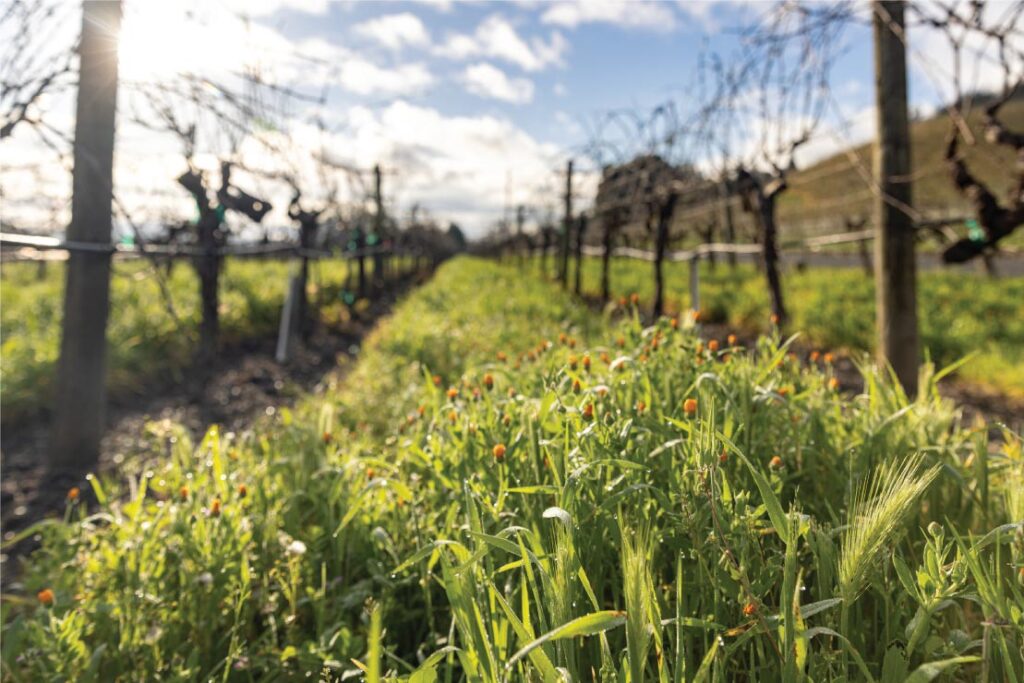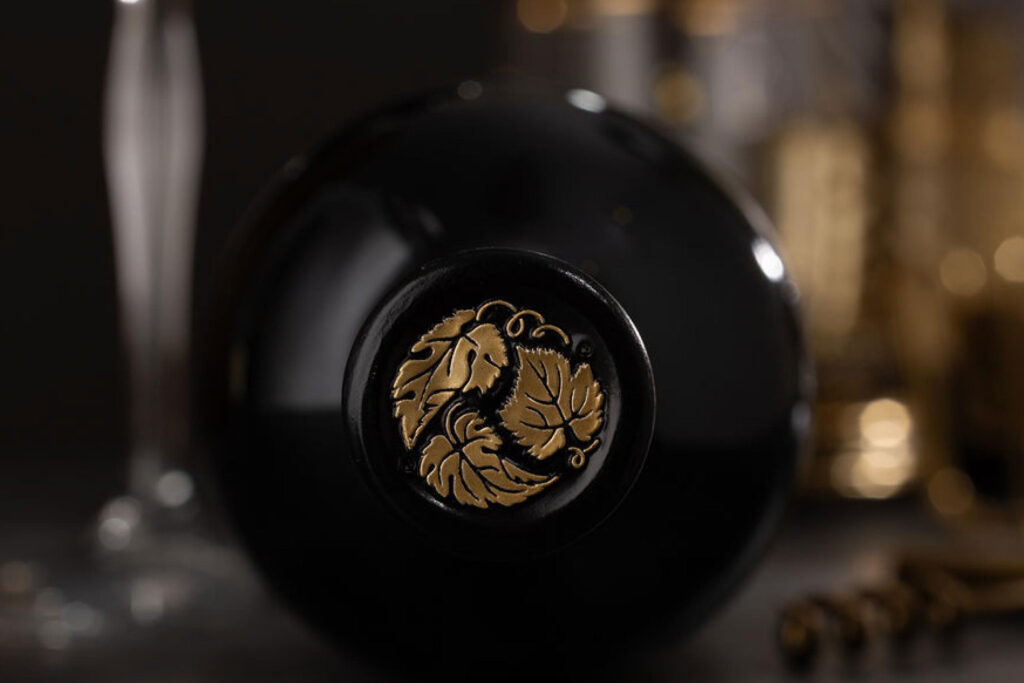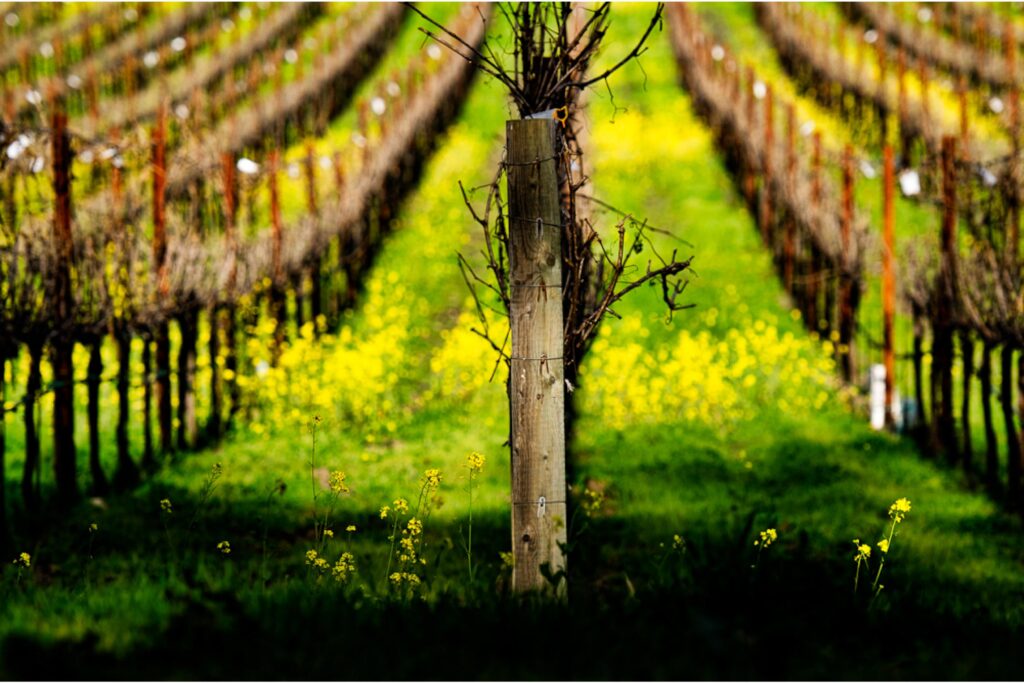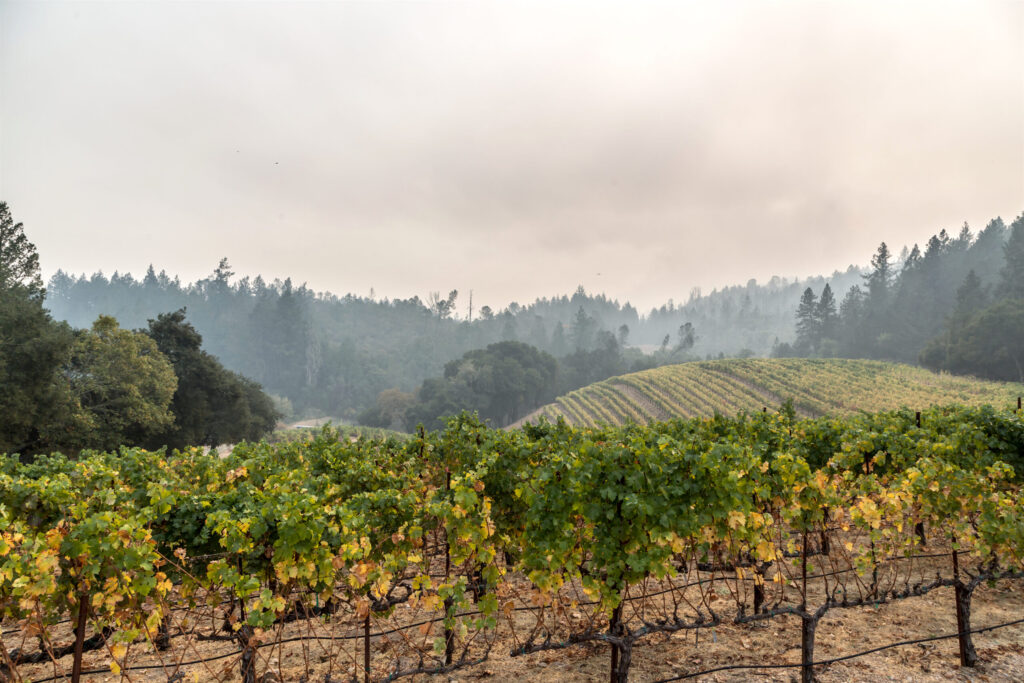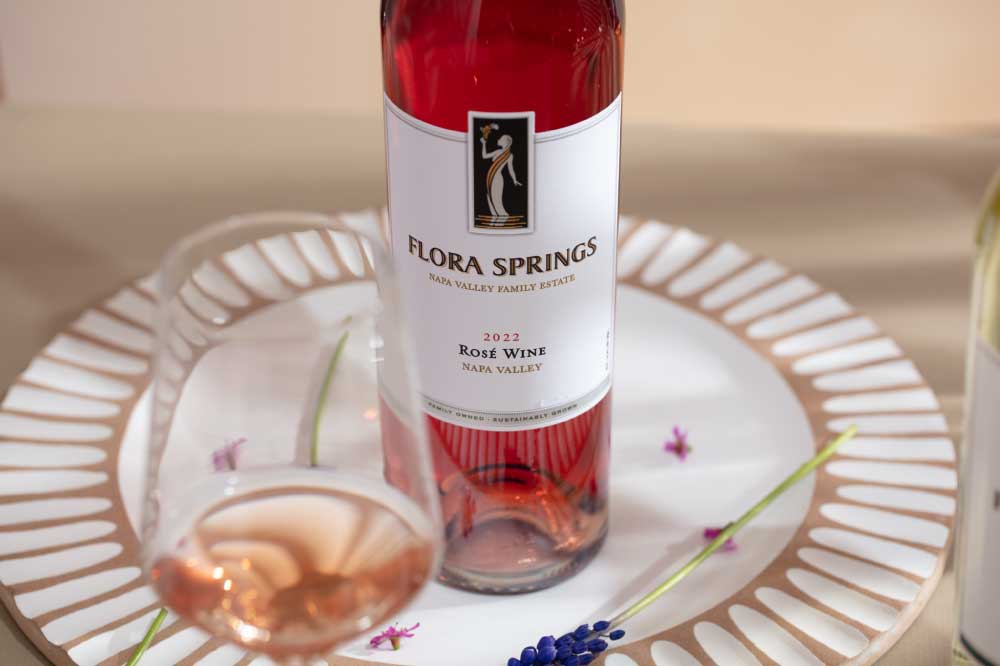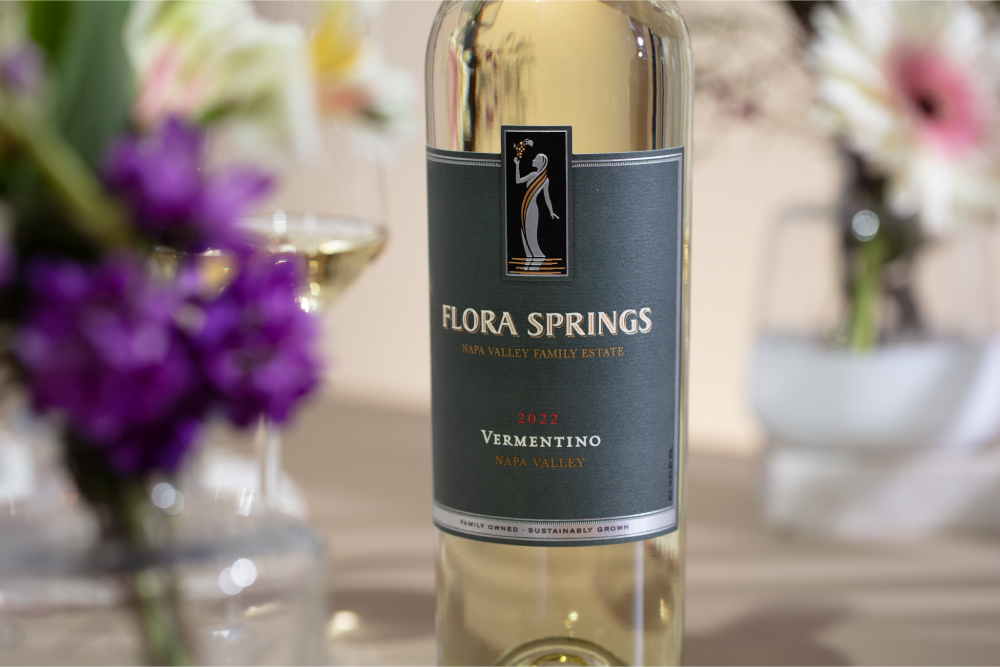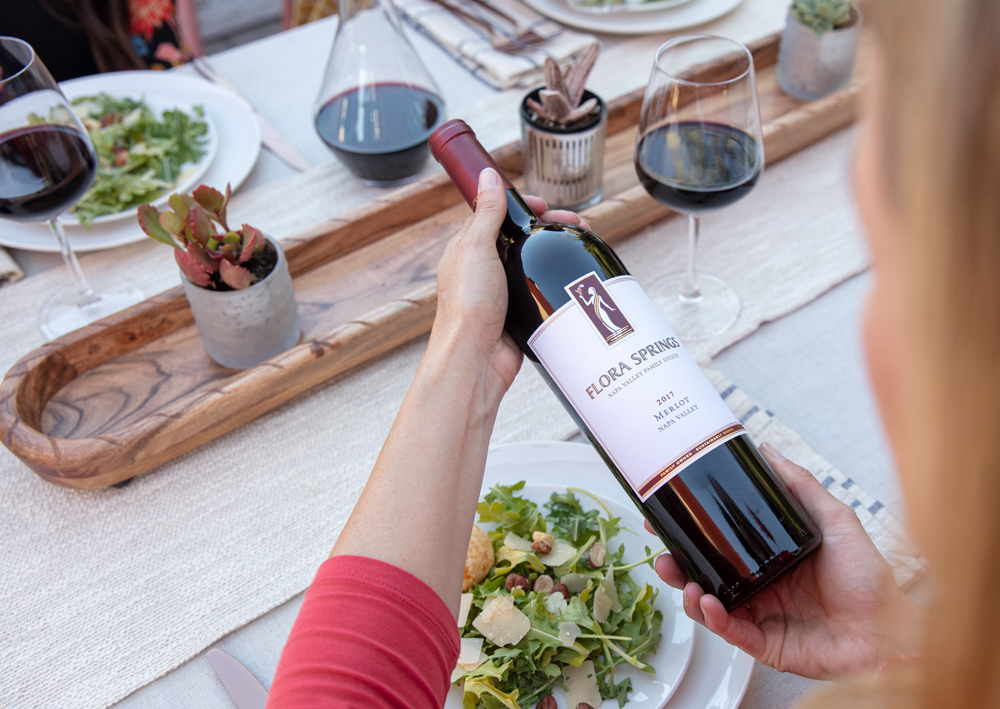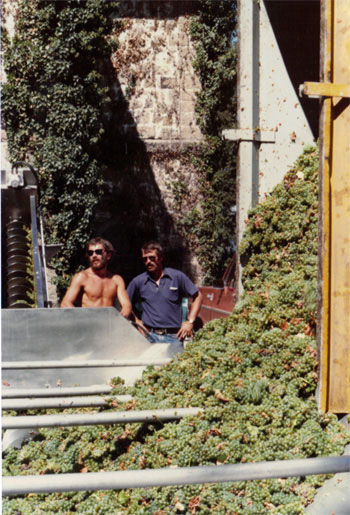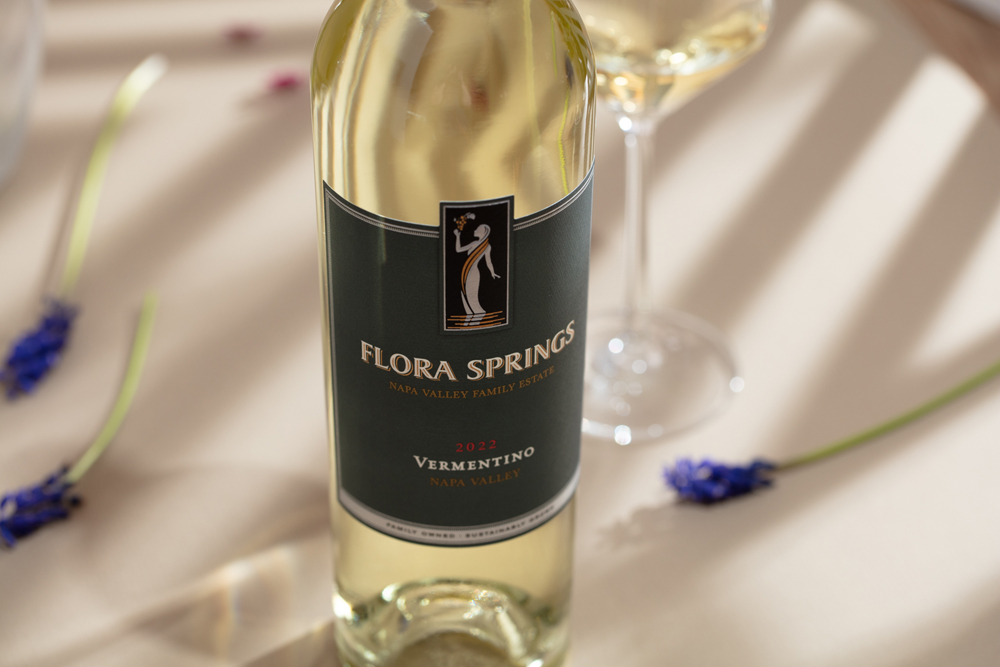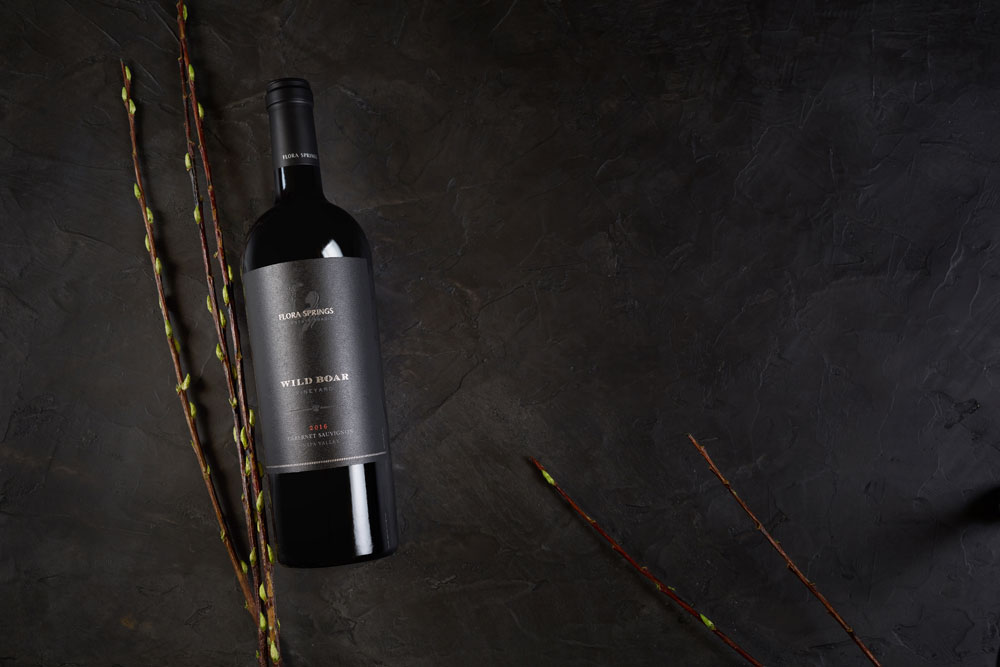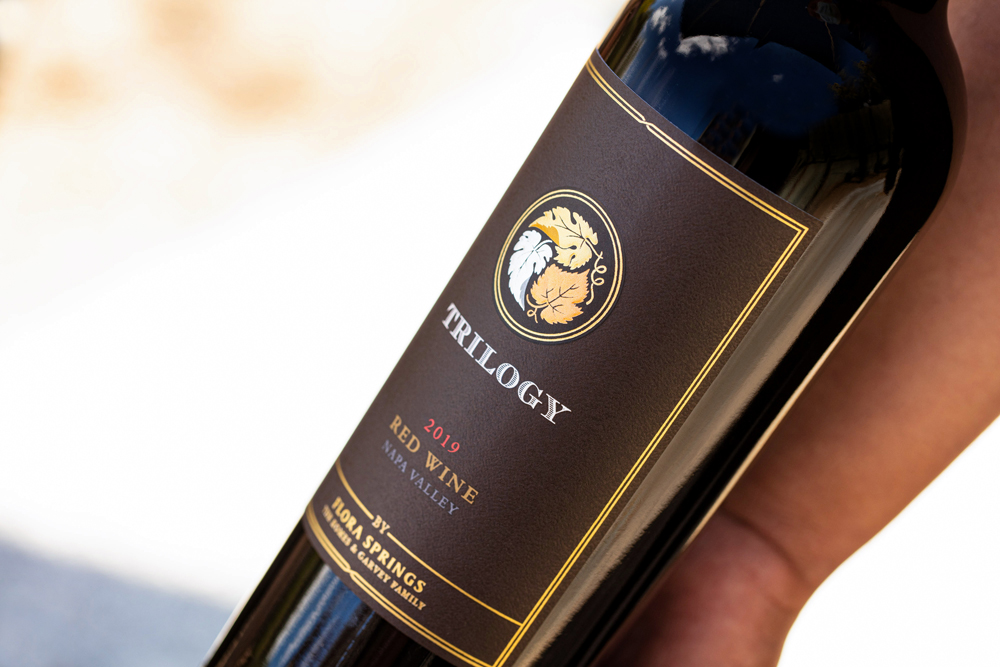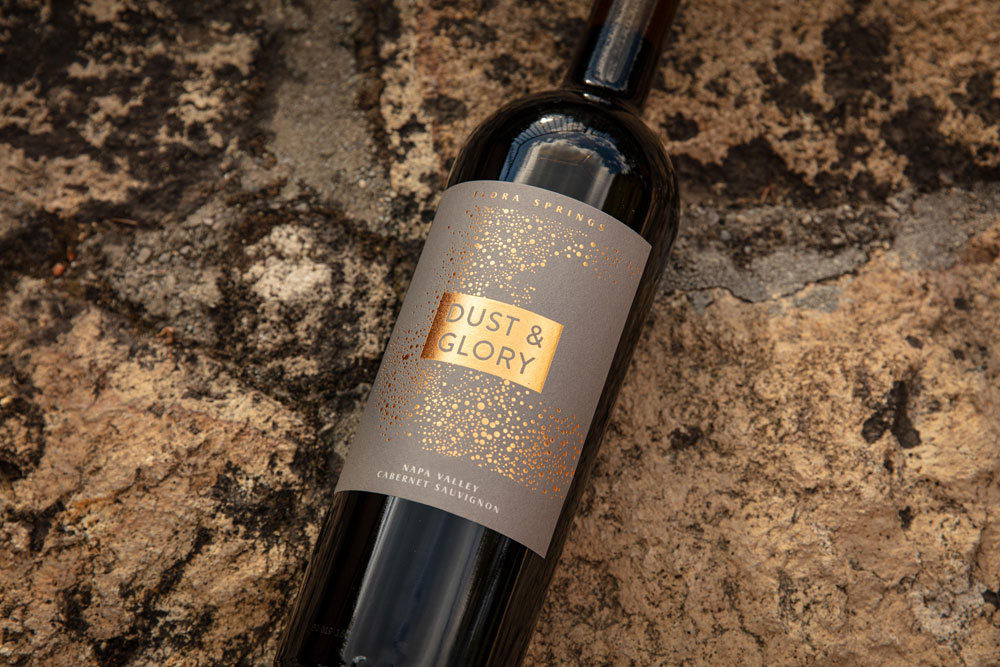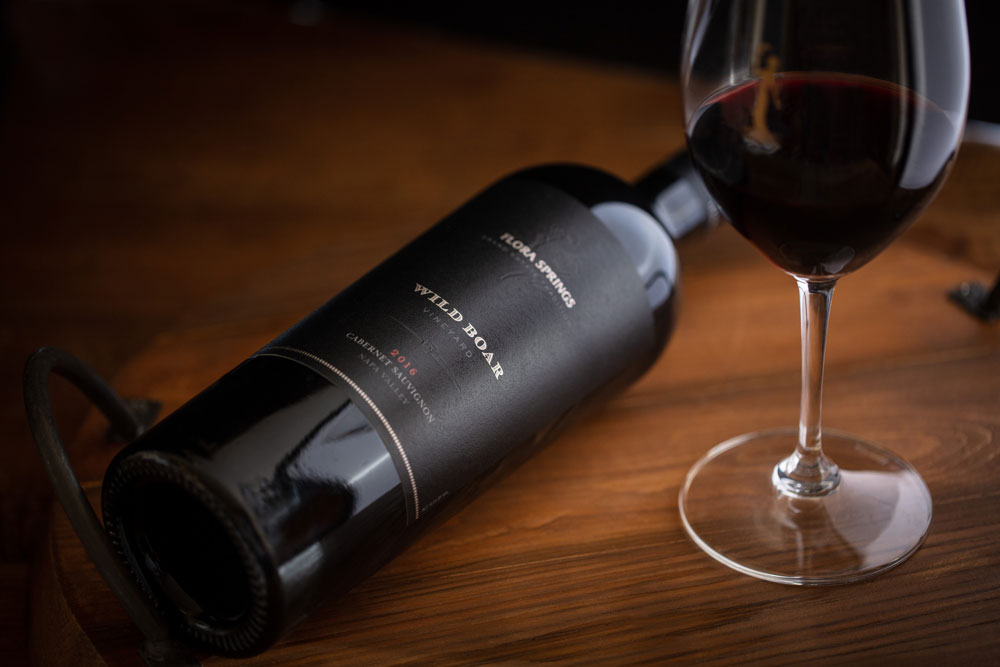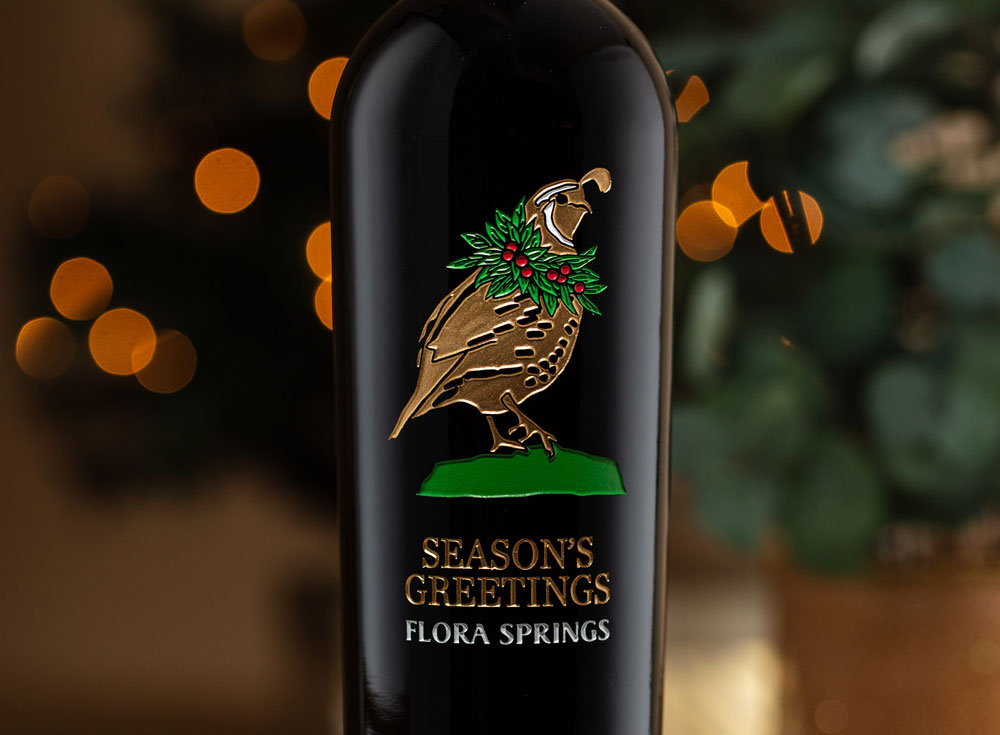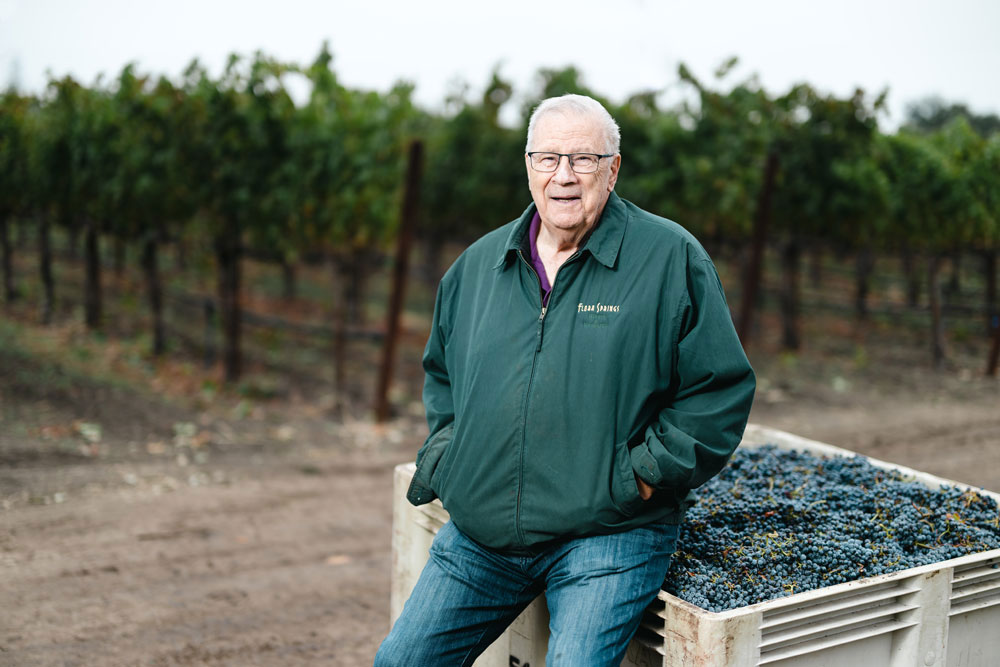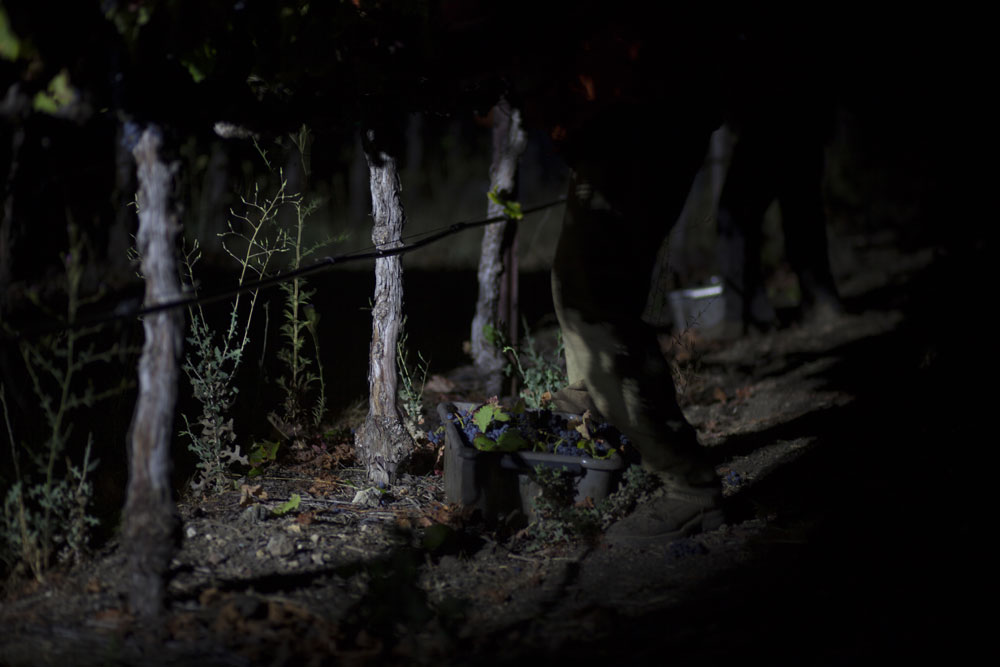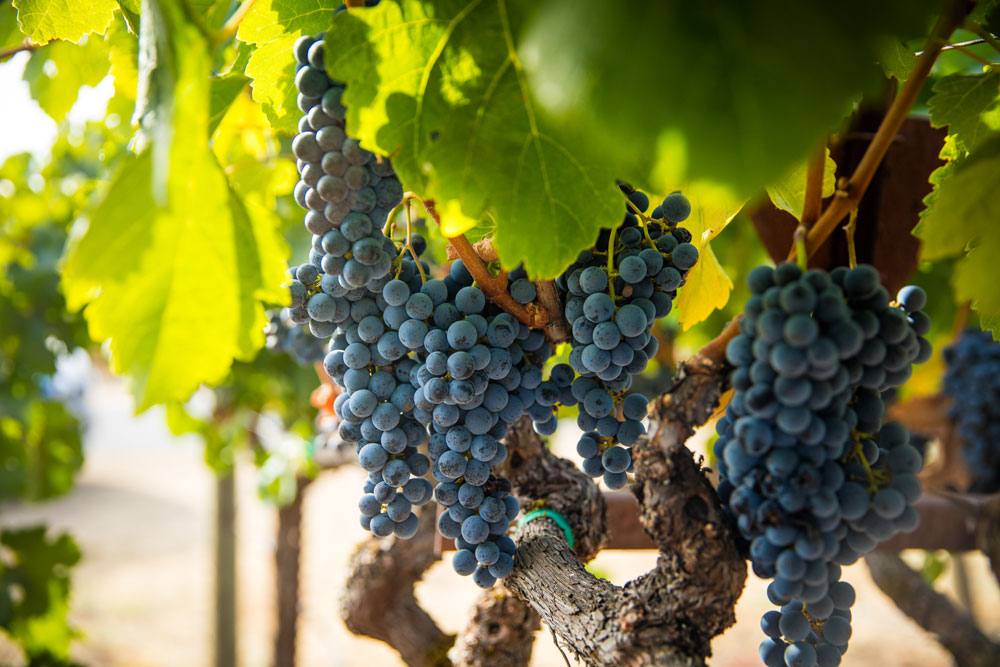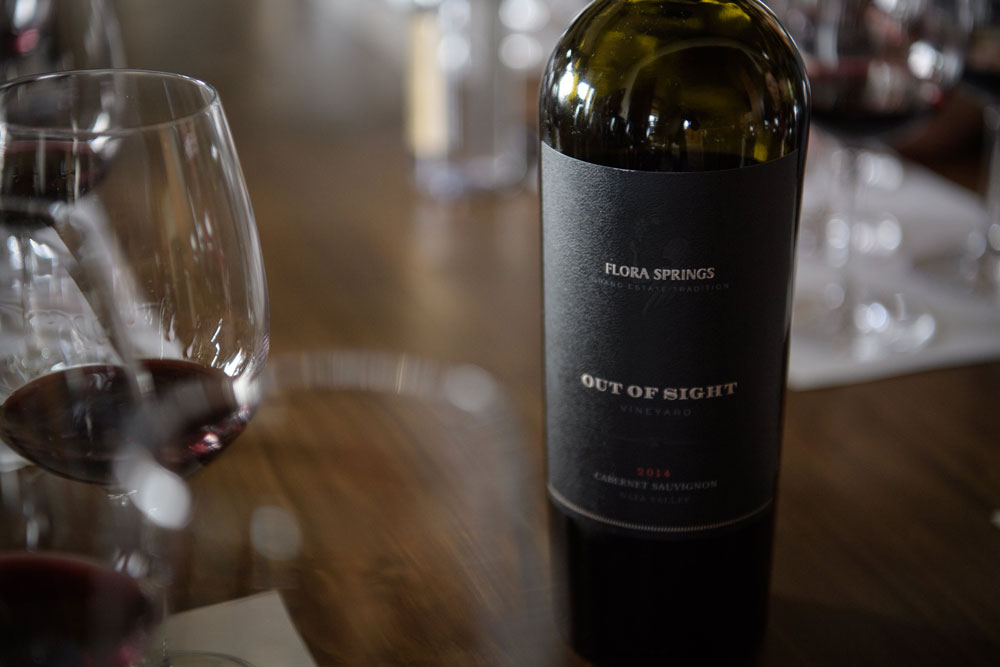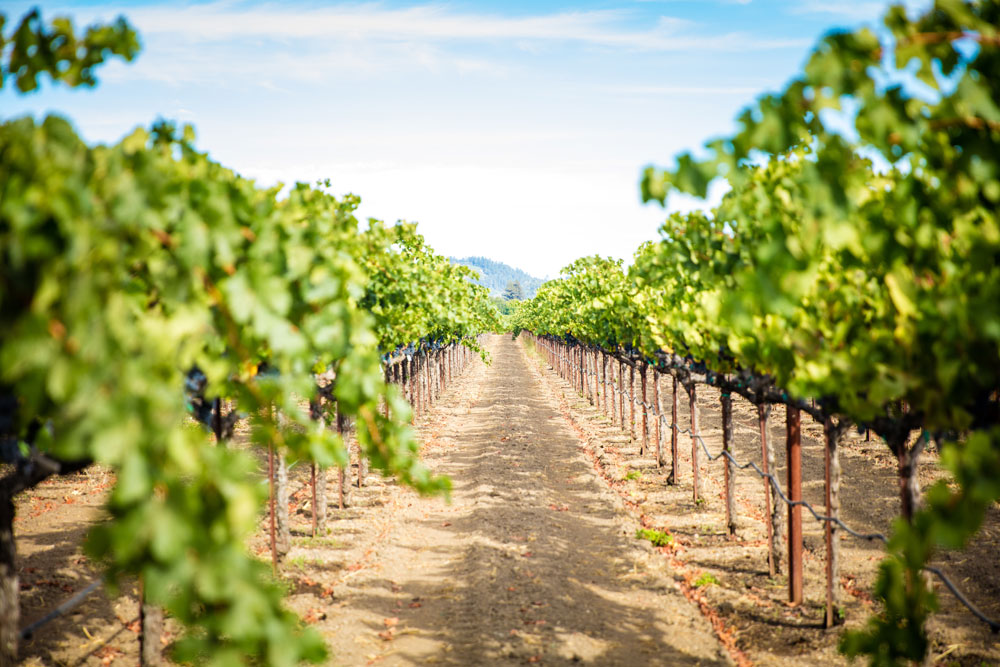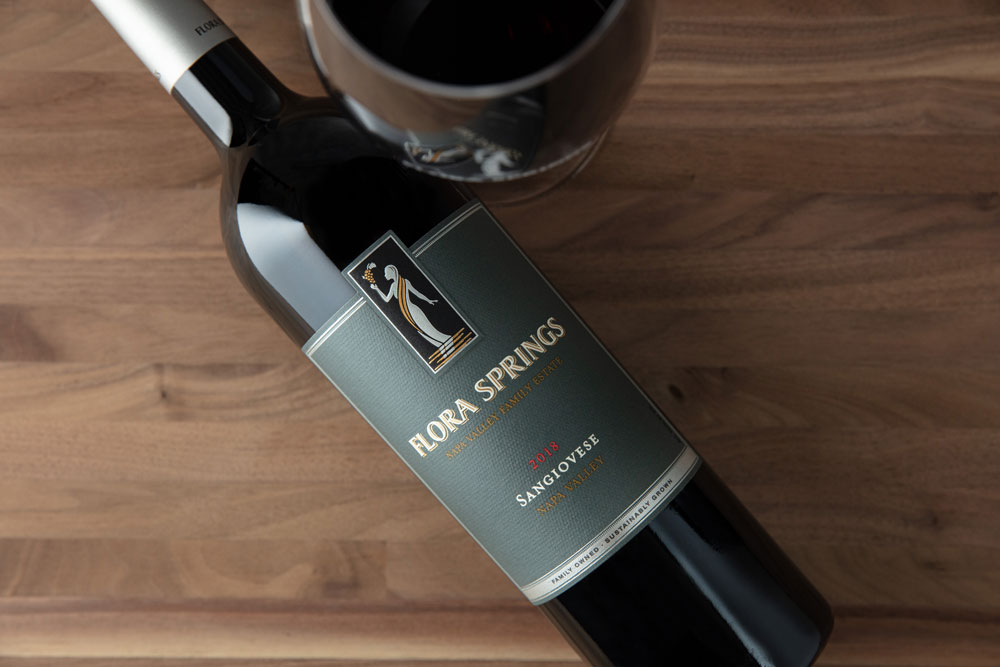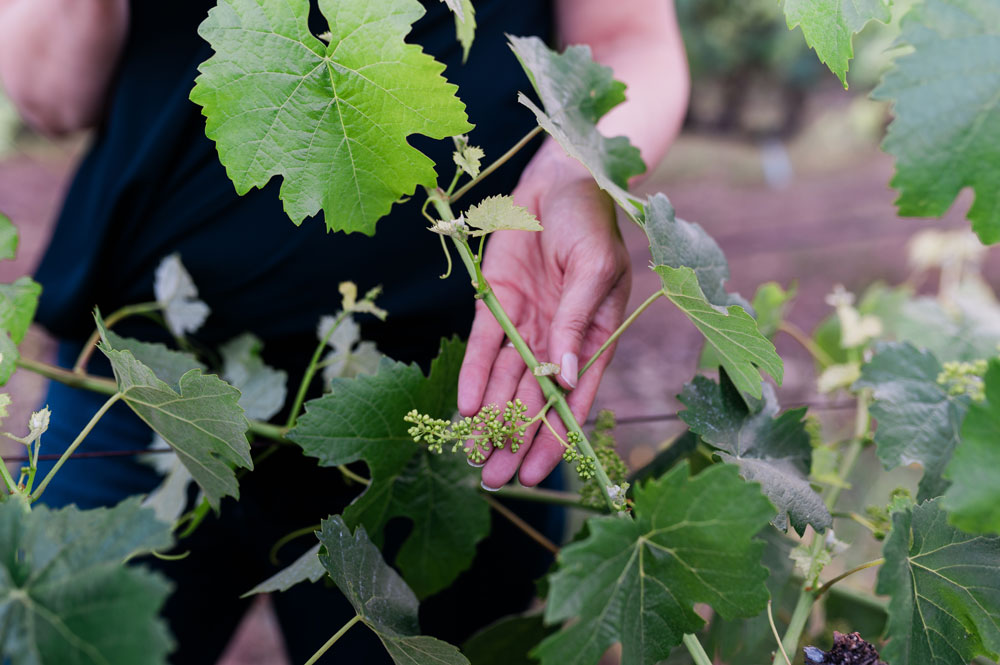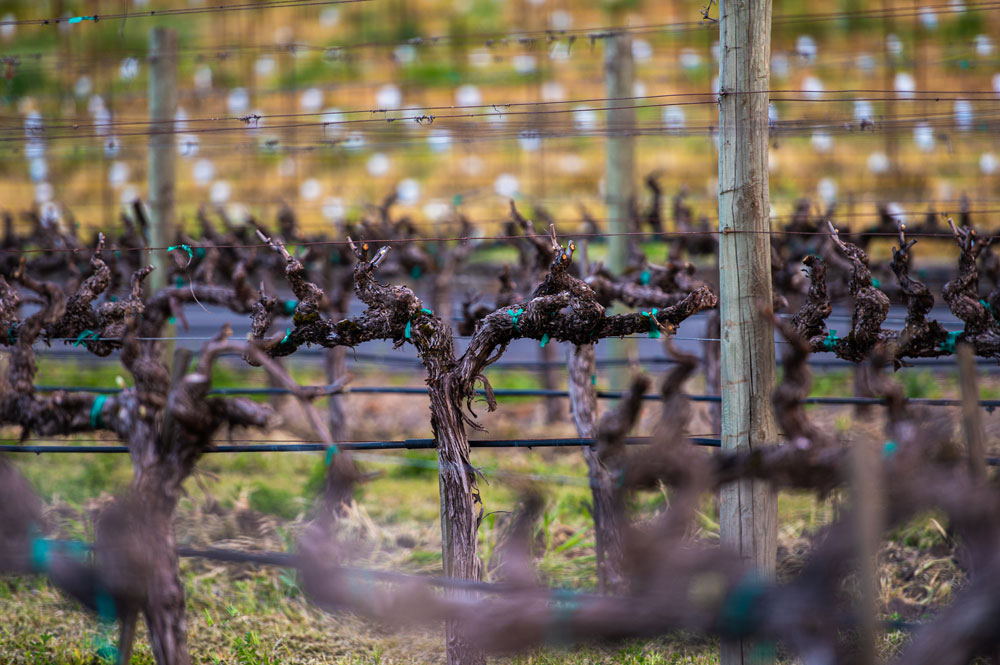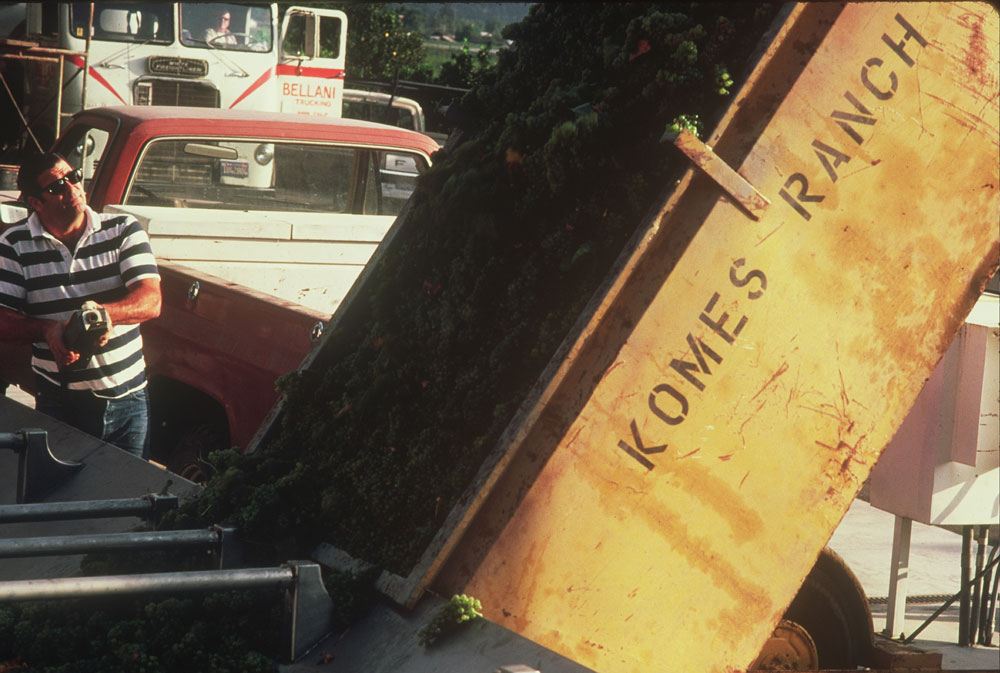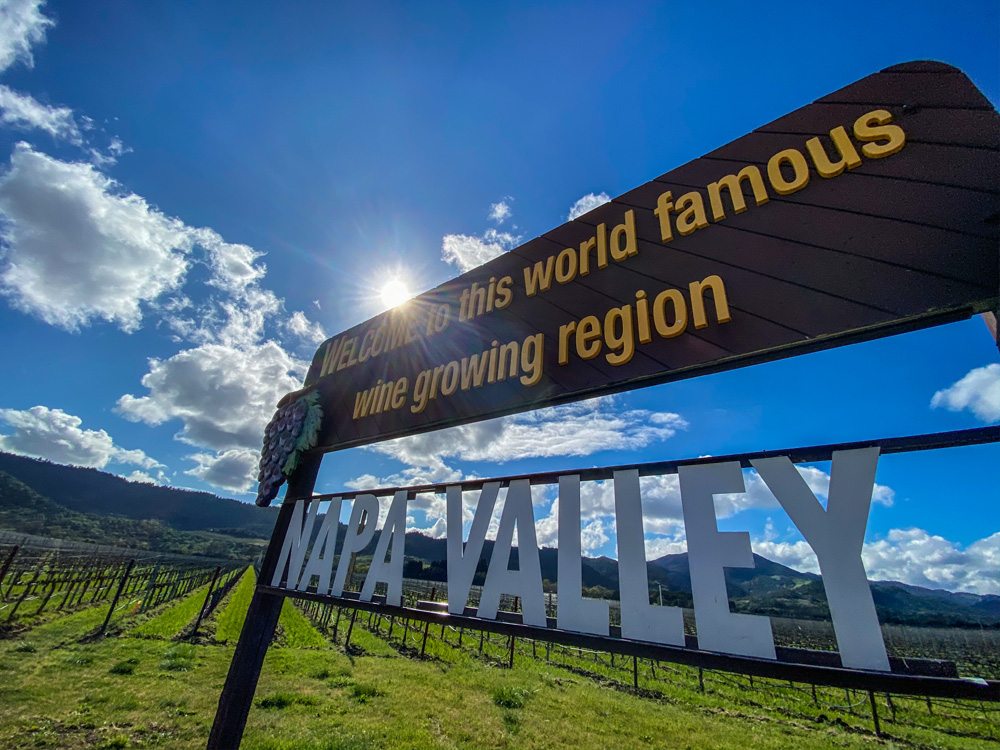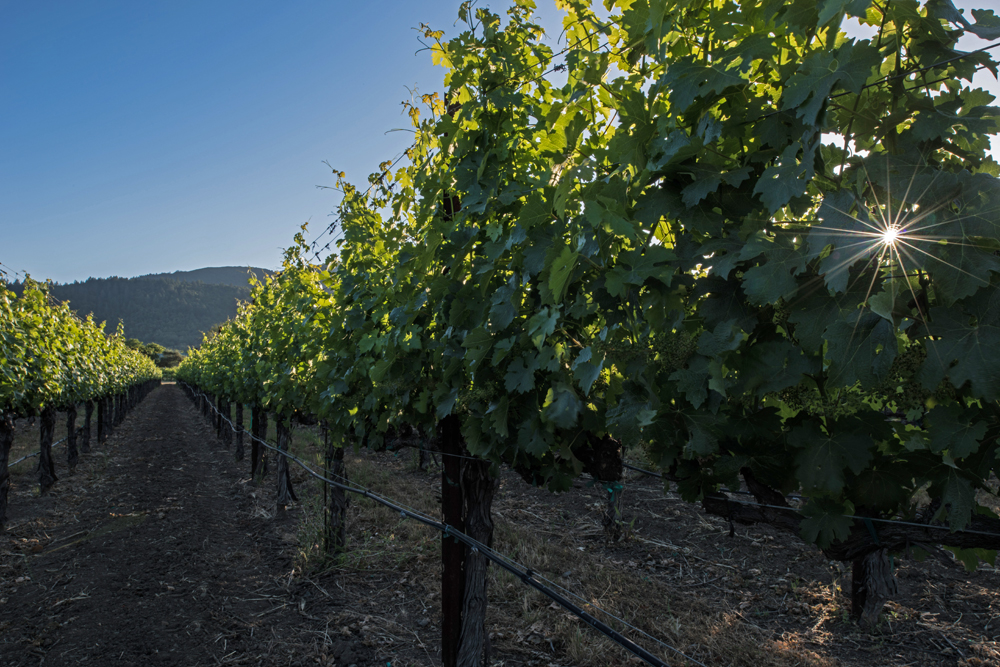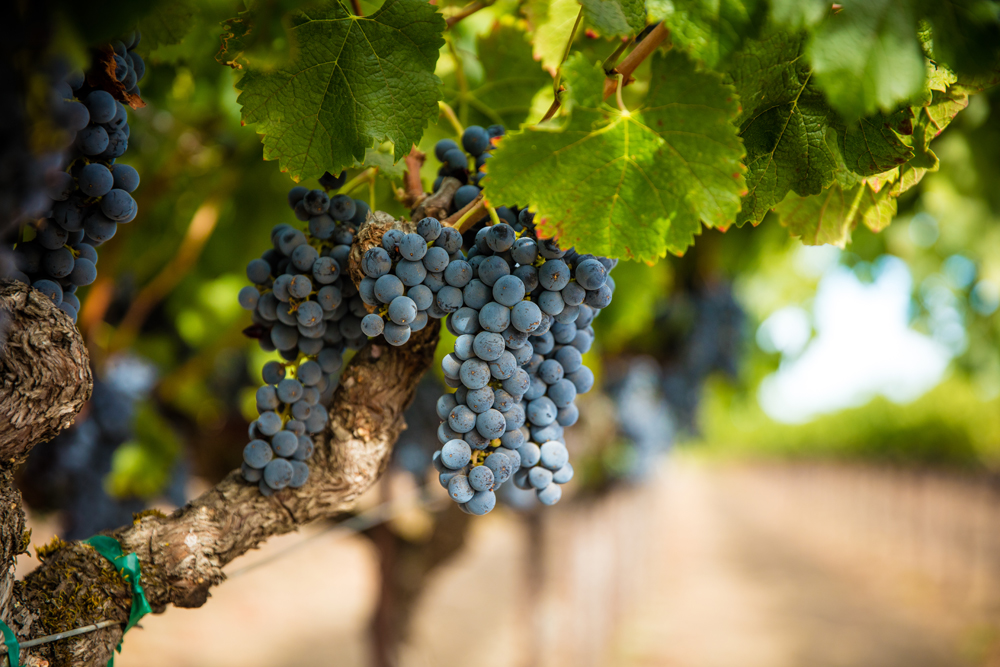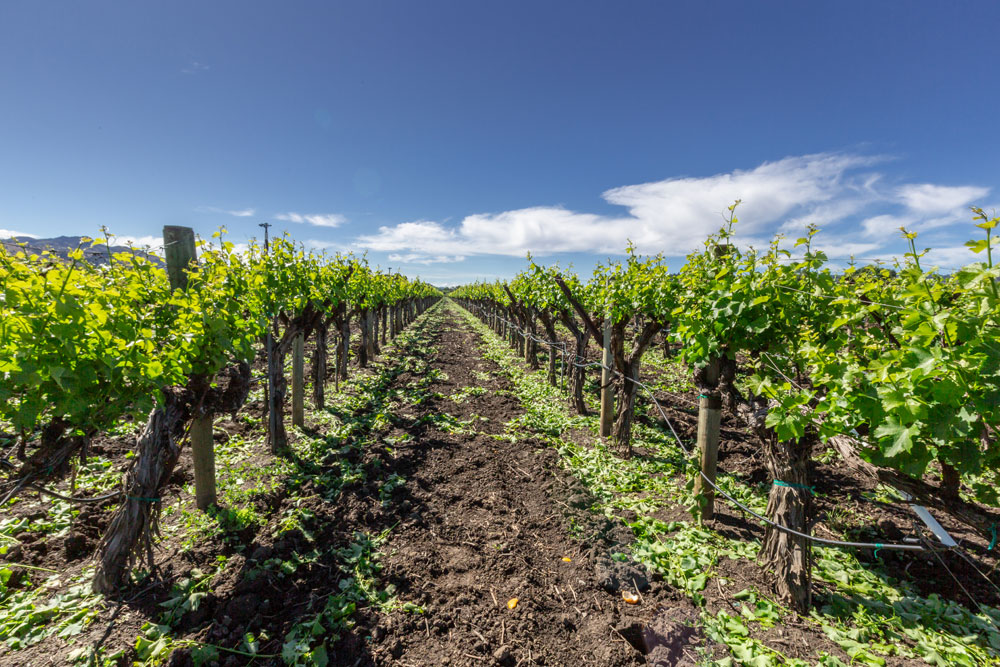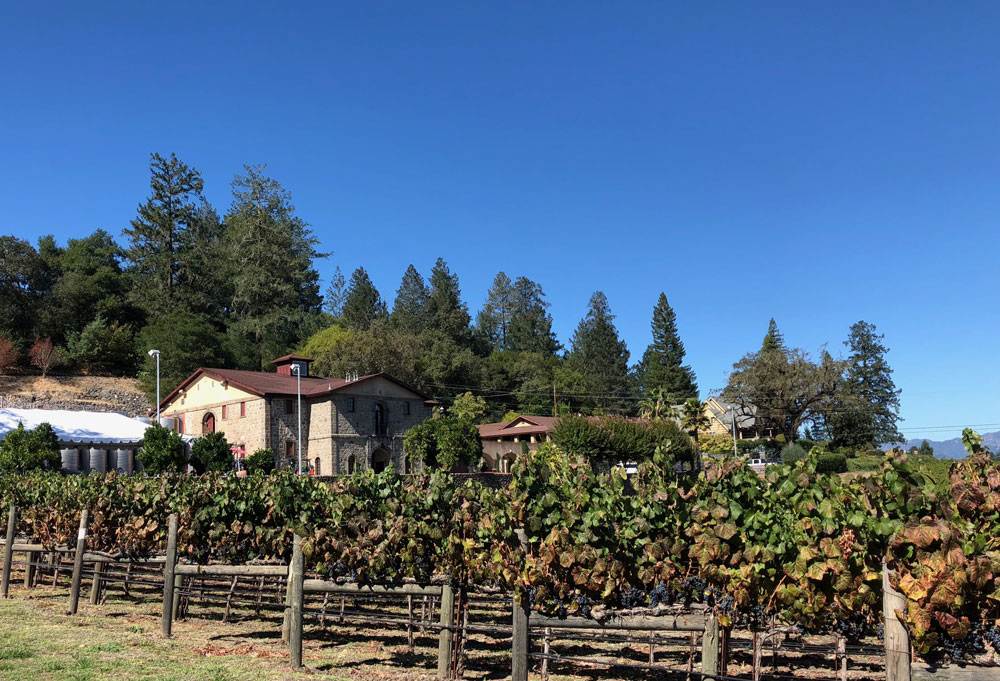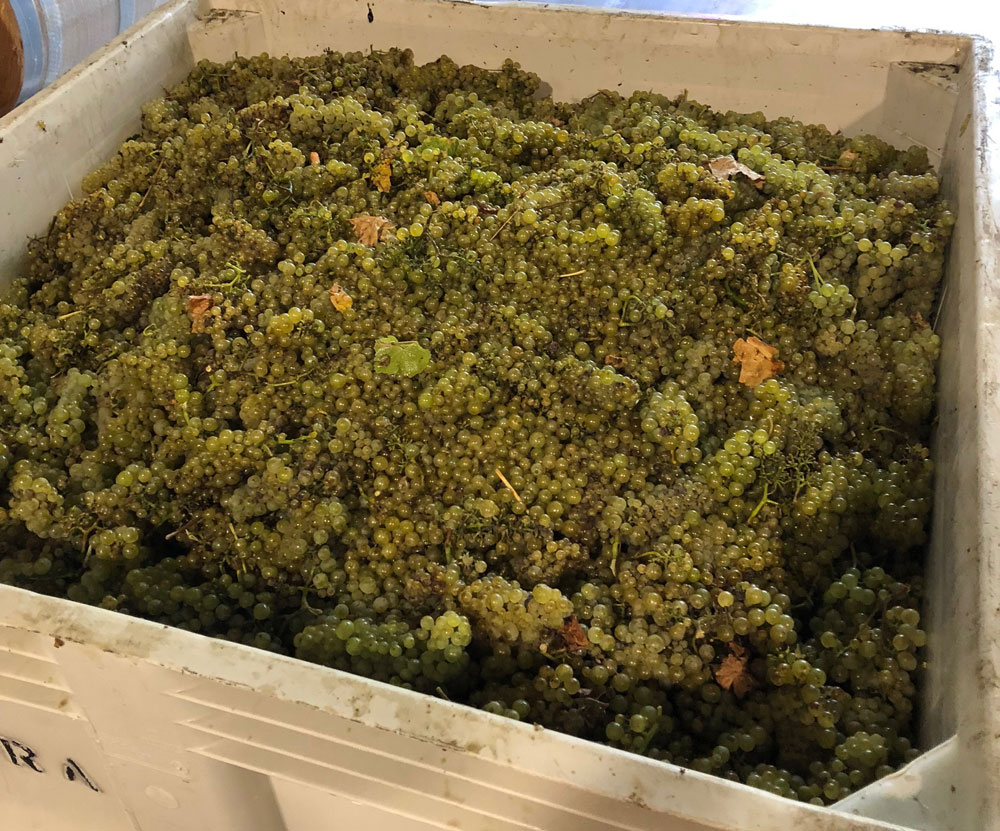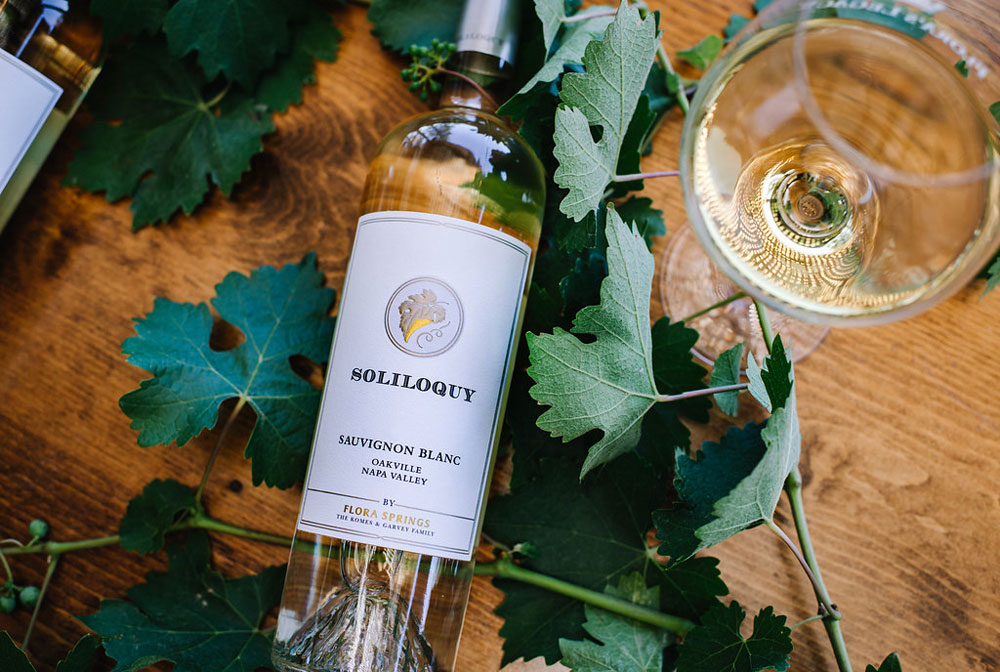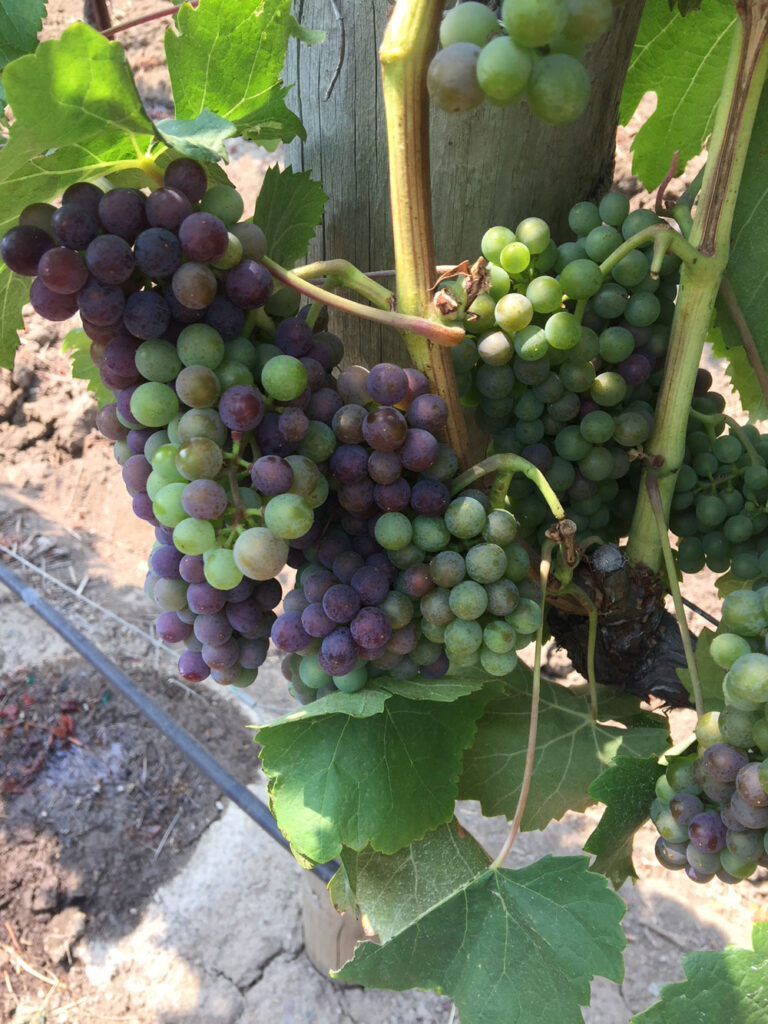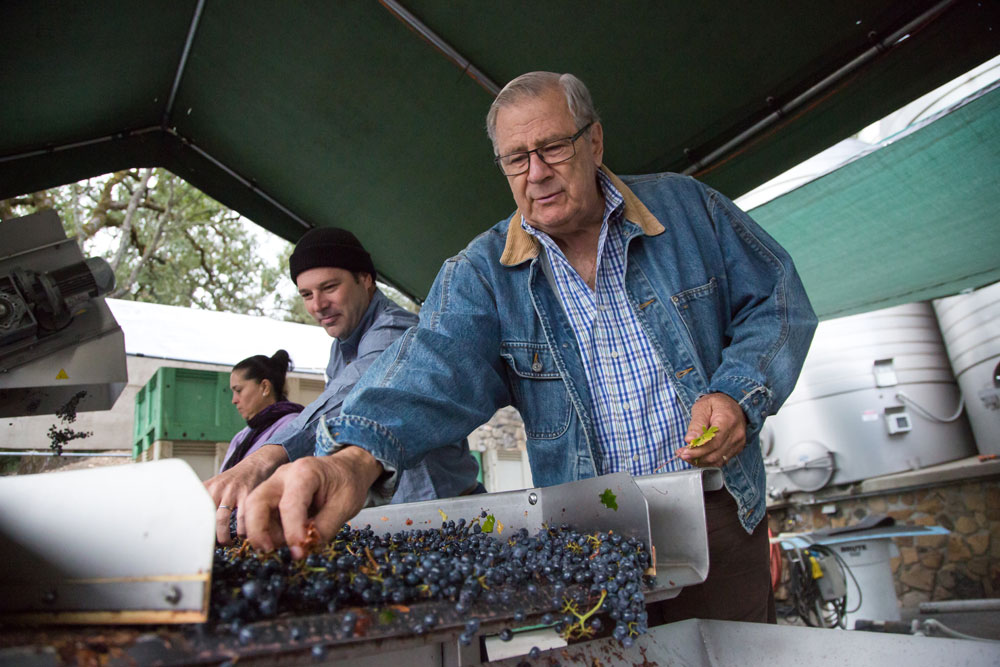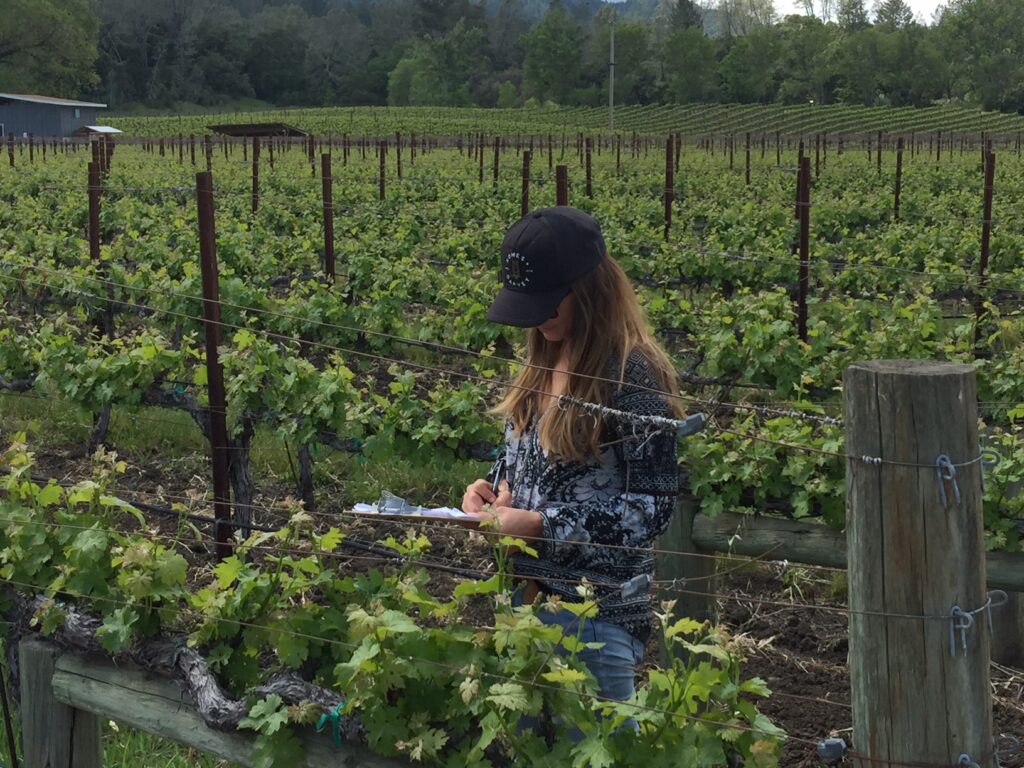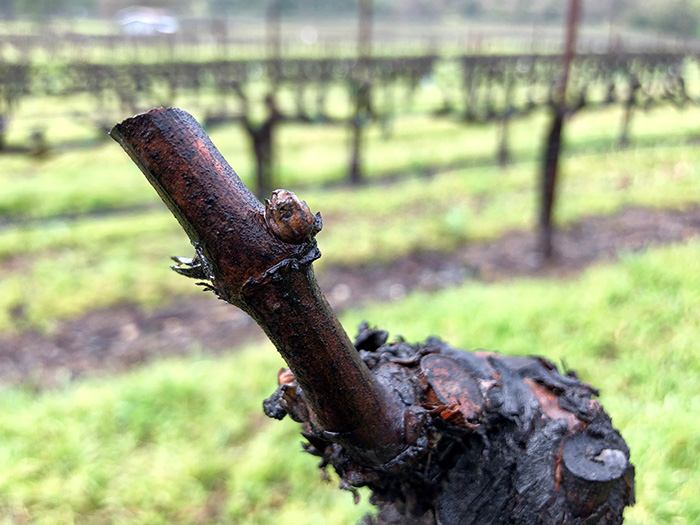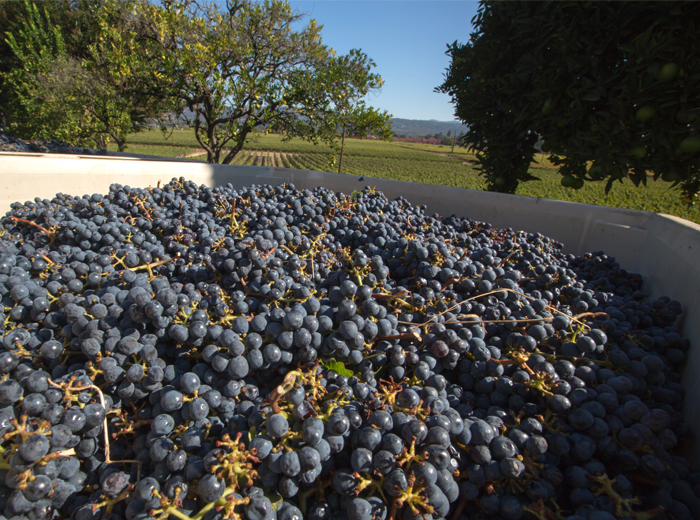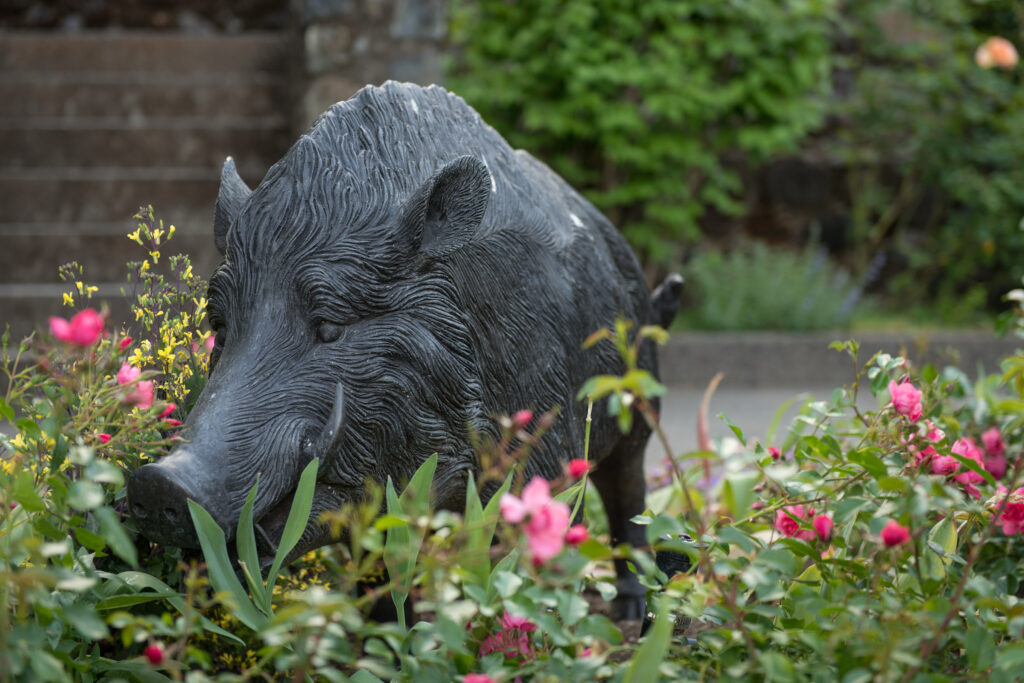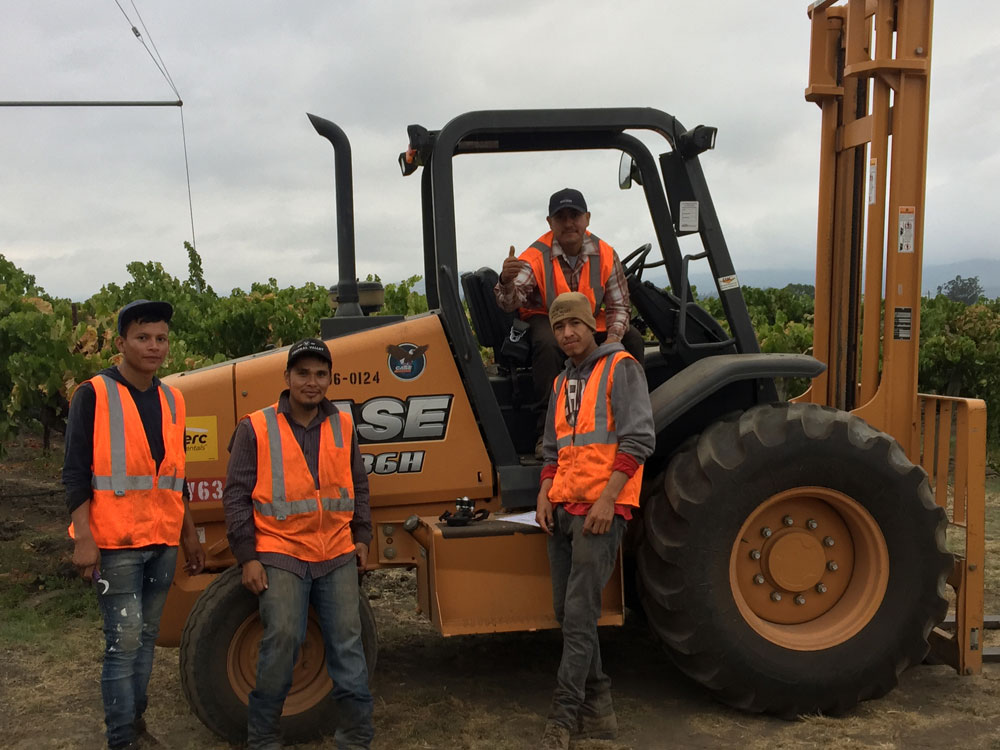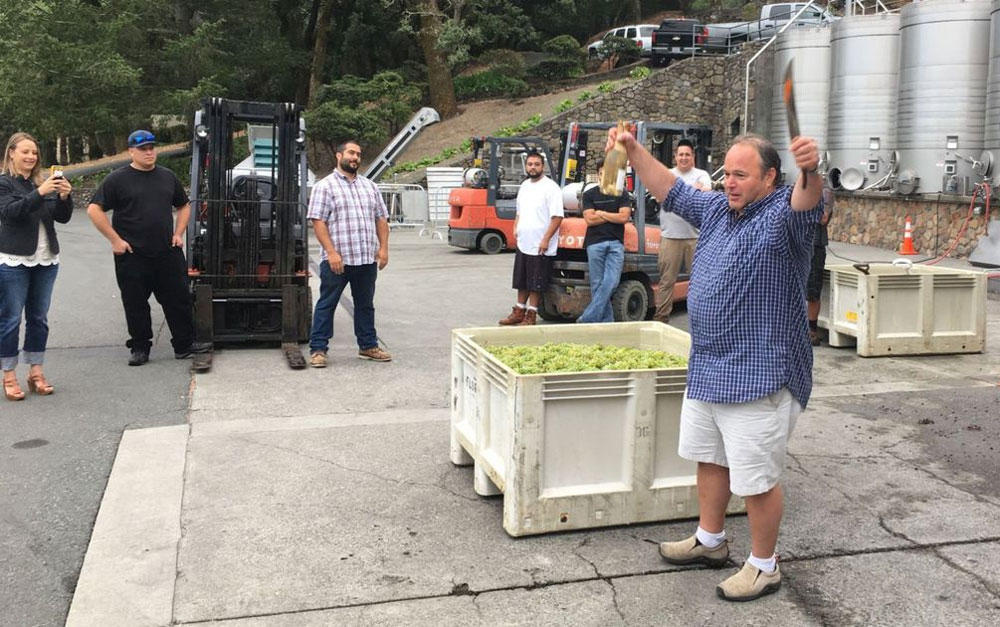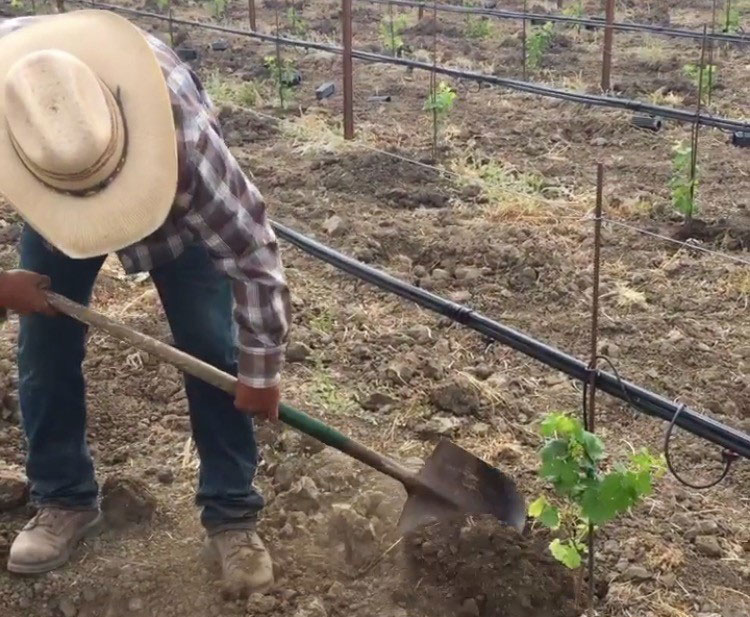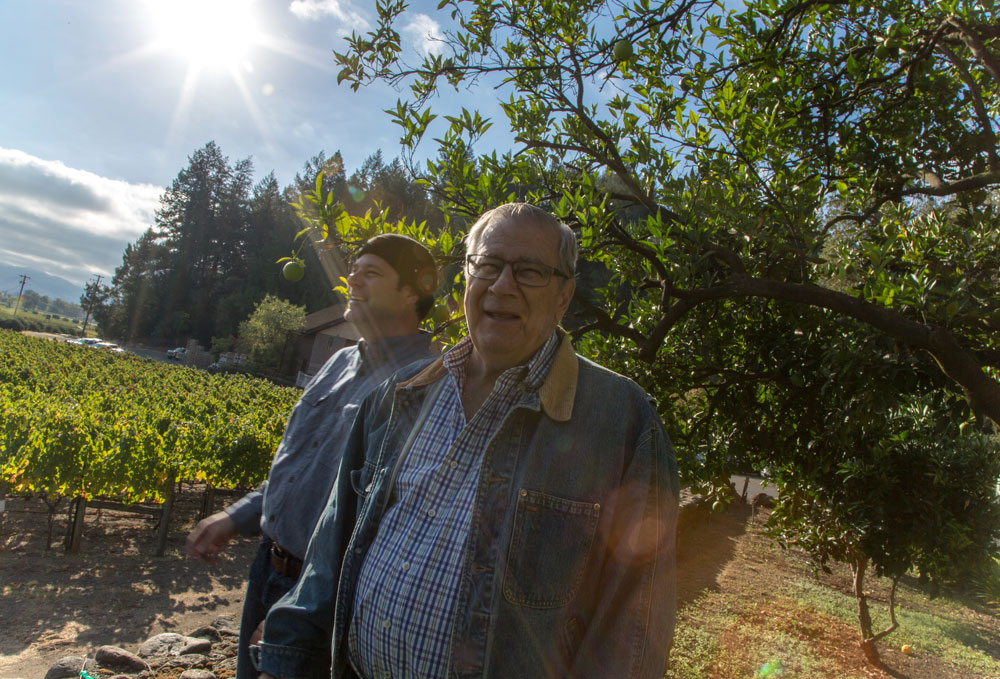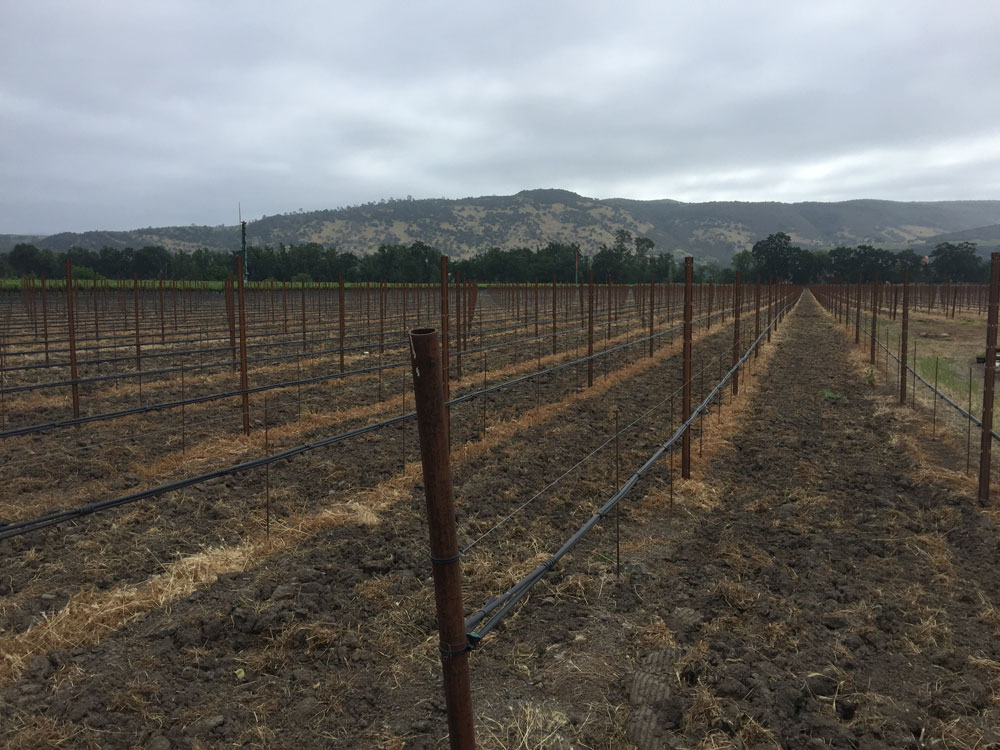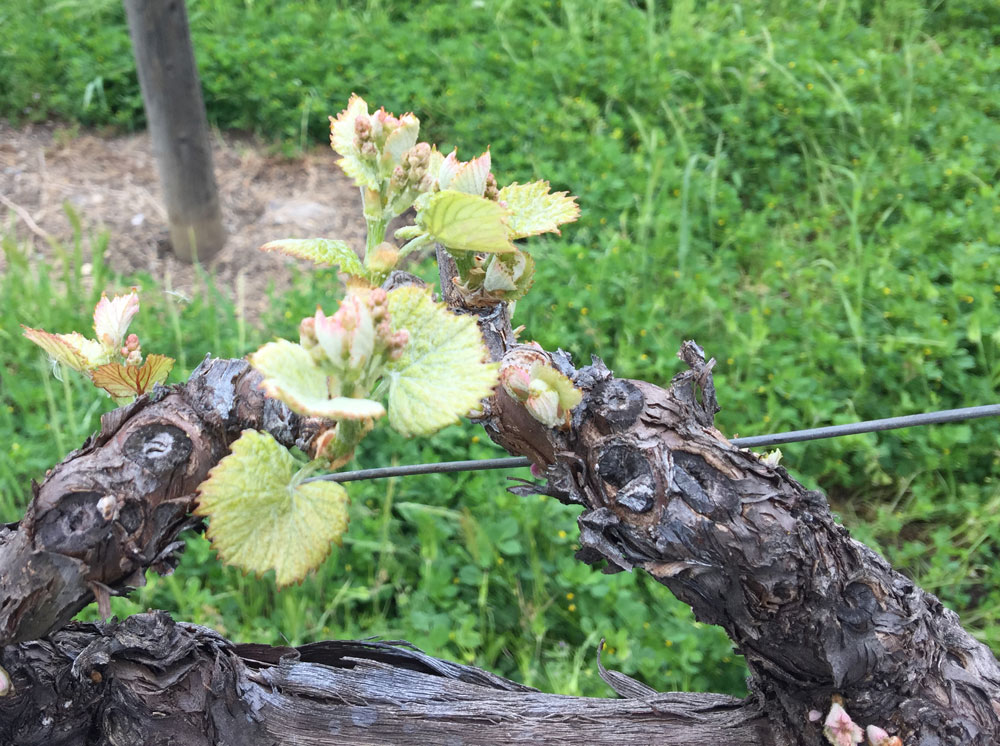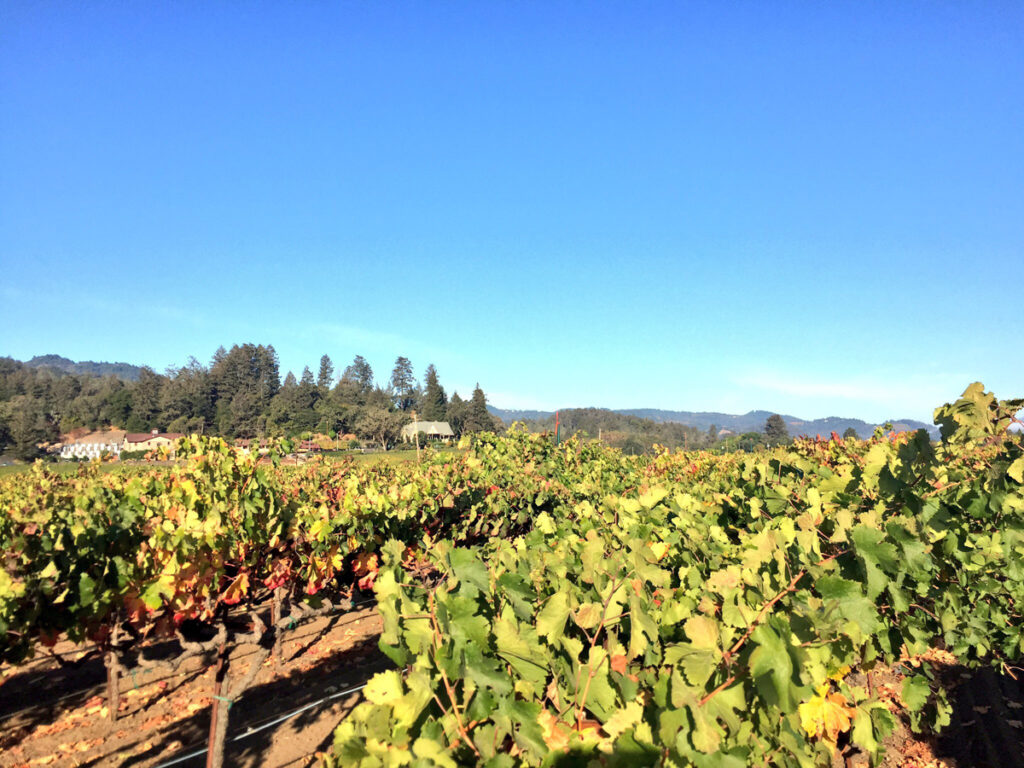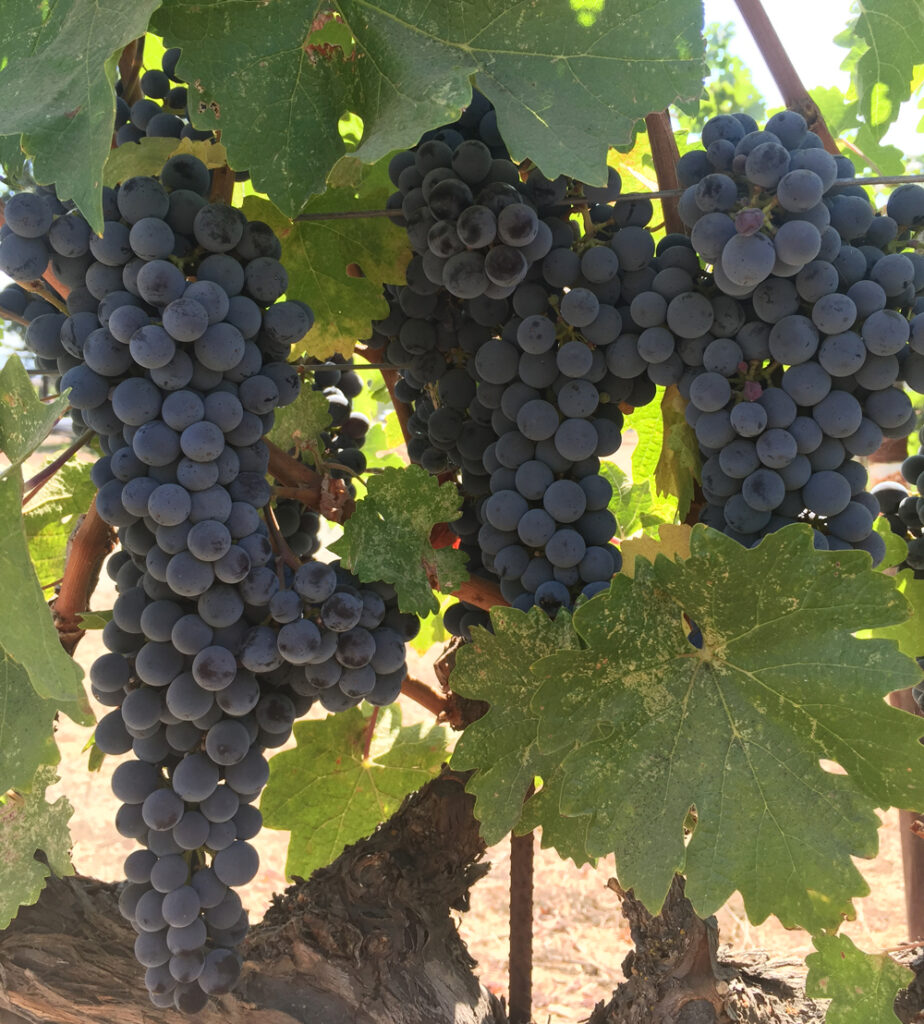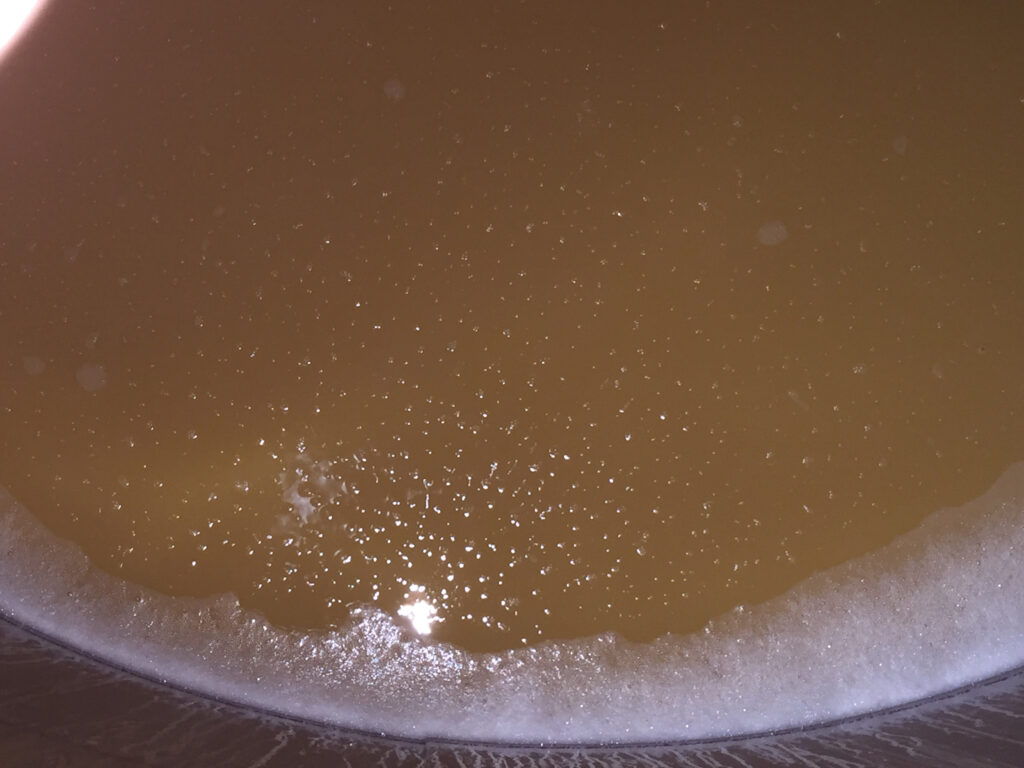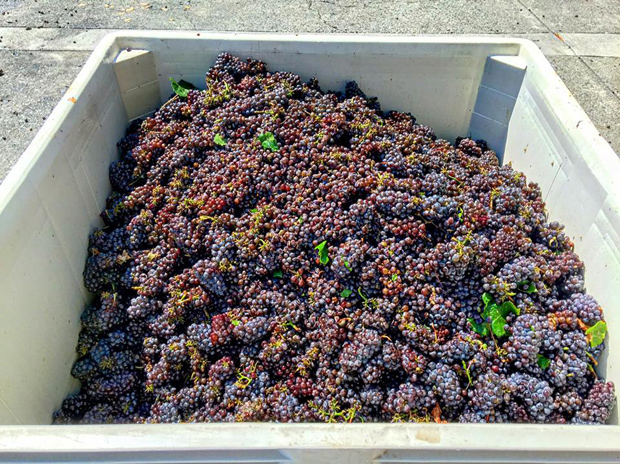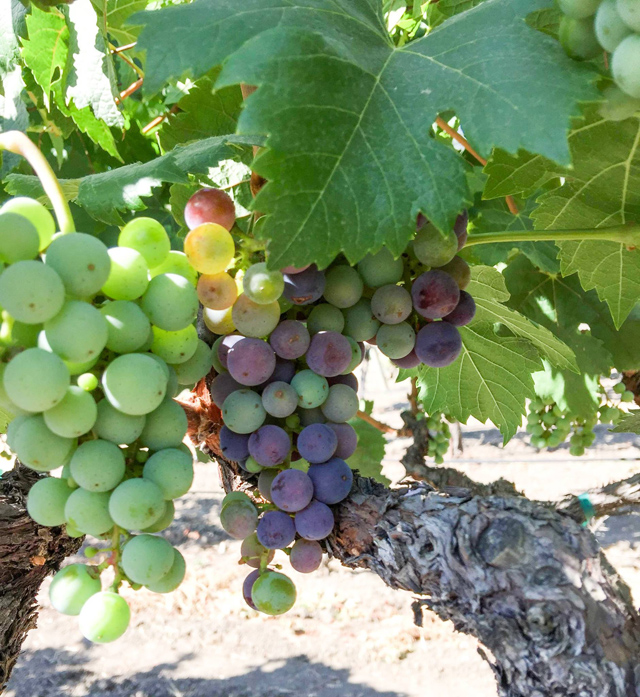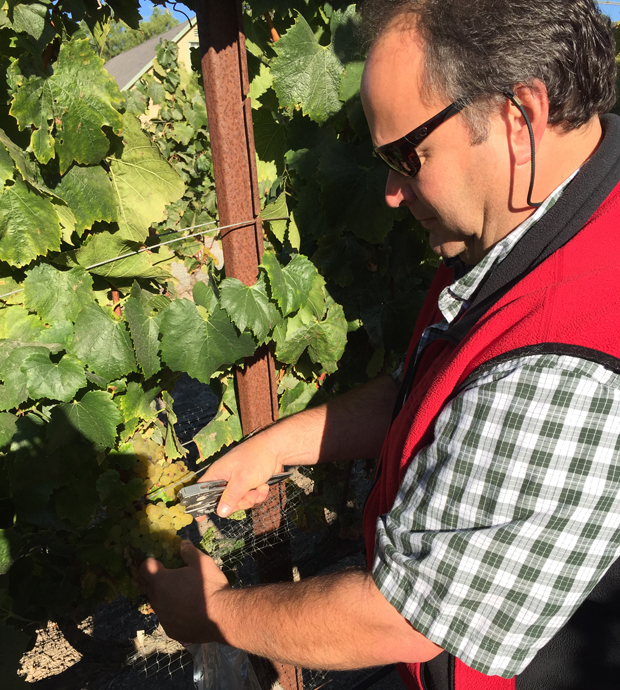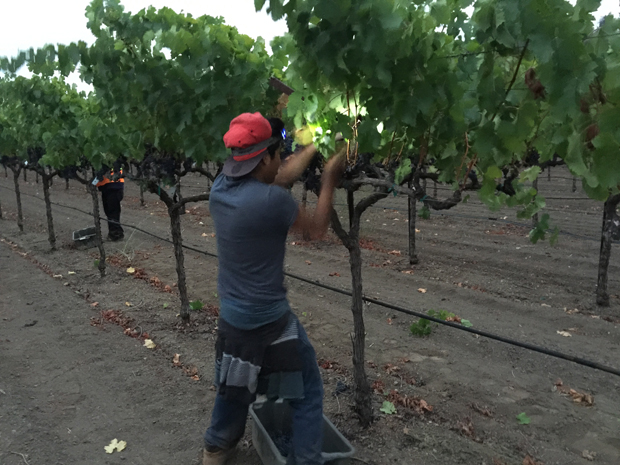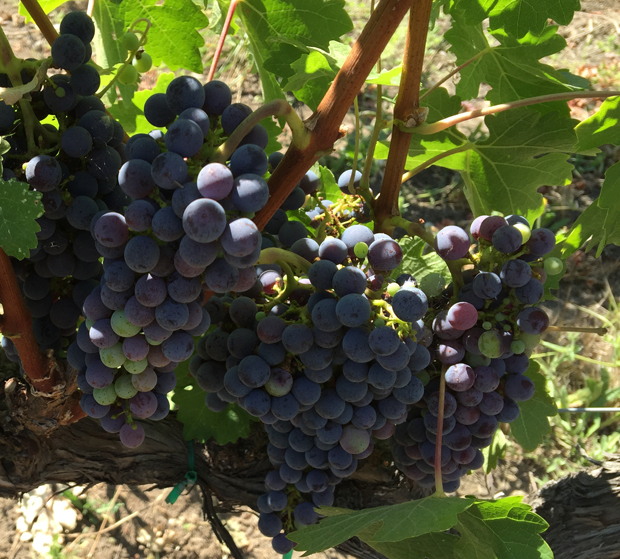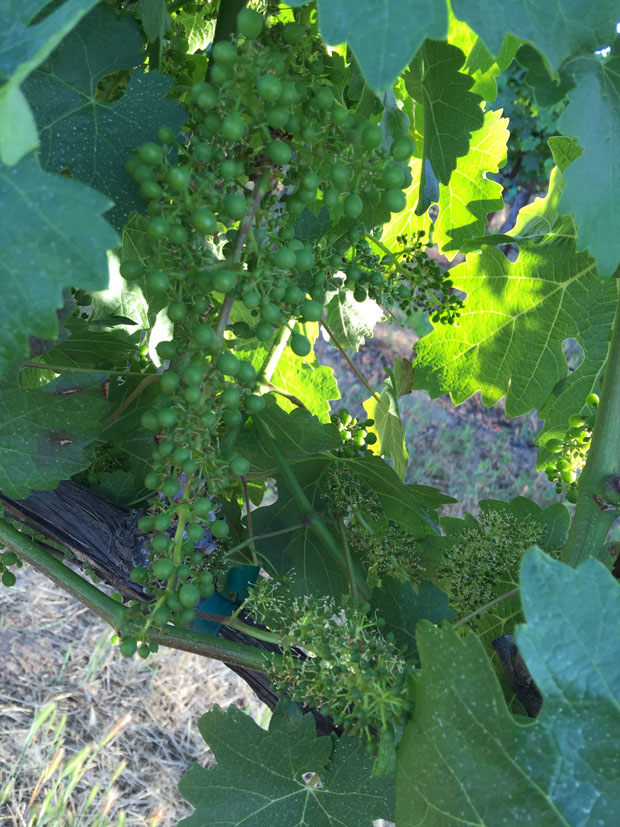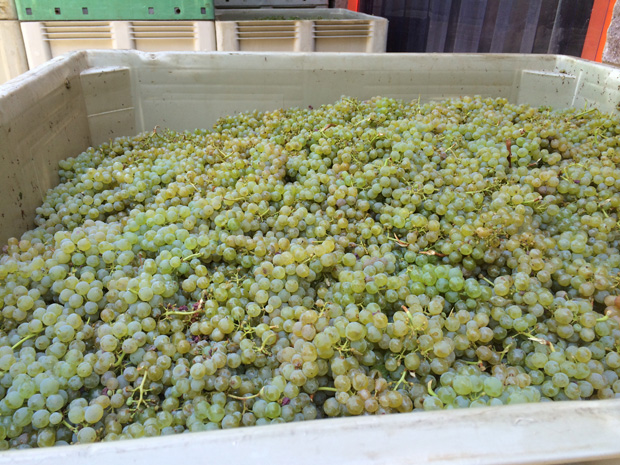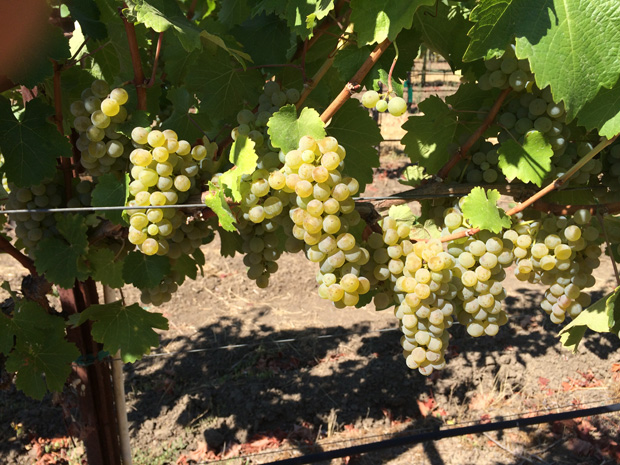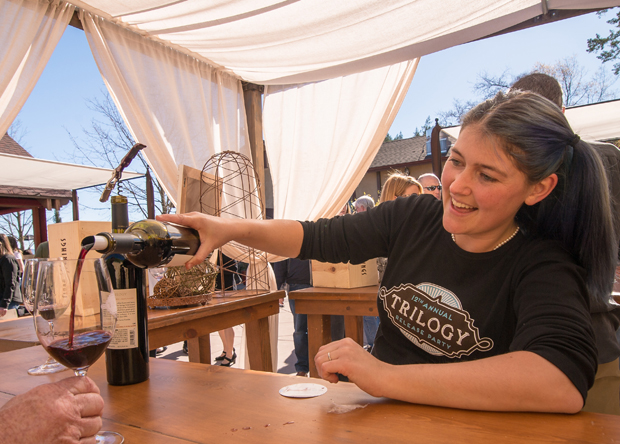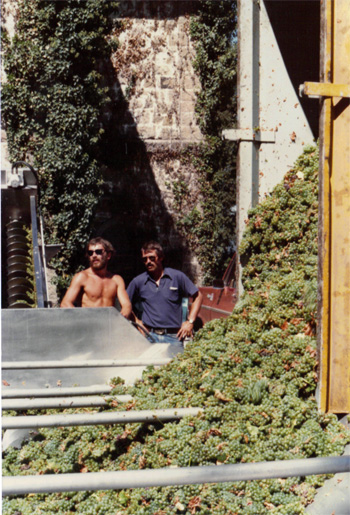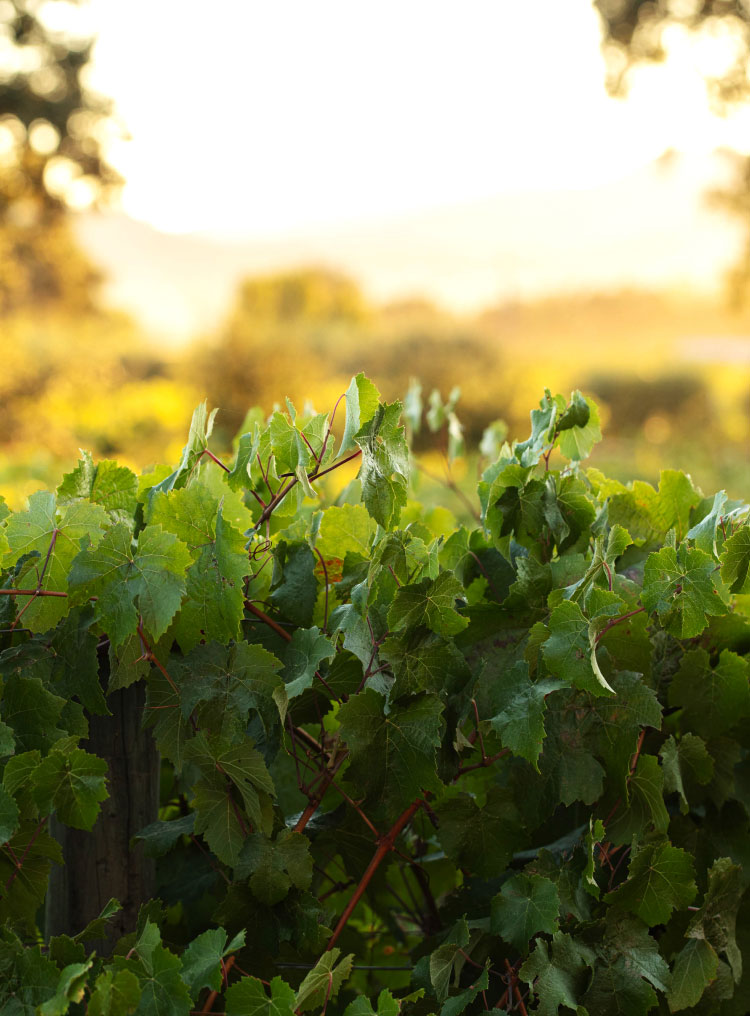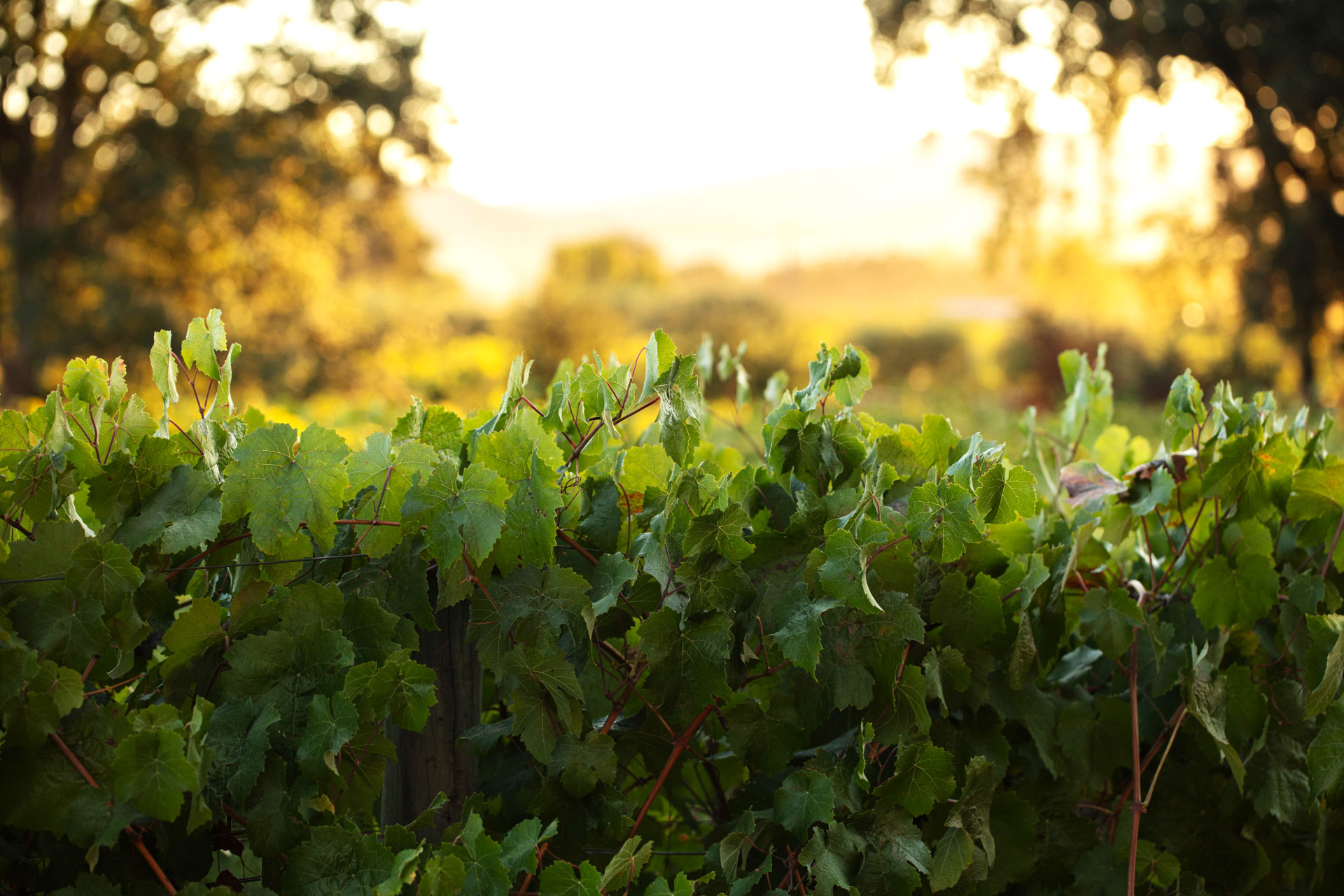Vineyards
December 18, 2024
The Winter Solstice Signals Longer Days Ahead
March 25, 2024
Springtime in Napa Valley & The Benefits of Bees
January 26, 2024
Advancing The Legacy: With 2021 Trilogy
January 12, 2024
What does Mustard Season Mean for Napa Valley?
October 17, 2023
California’s Fog Is Fading Away — Now What?
August 16, 2023
Flora Springs 2022 Rosé Featured in Forbes Magazine
August 2, 2023
Celebrate National White Wine Day with Vermentino
July 7, 2023
Flora Springs Featured in Luxe Beat Magazine
May 3, 2023
A Love Affair With Chardonnay
May 2, 2023
Presenting the 2022 Vermentino
April 4, 2023
Flora Springs Featured in Food & Wine Magazine
February 20, 2023
Talking Beef with John Komes
December 31, 2022
Flora Springs 2019 Holiday Cabernet Sauvignon Featured in Forbes
November 7, 2022
John Komes on His 44th Napa Valley Harvest
October 15, 2022
Night Harvest
June 30, 2022
This Cabernet’s Aging Capacity Is Out of Sight
May 30, 2022
We Have a Thirst for Conserving Water
April 14, 2022
The 2022 Growing Season Is Underway
April 6, 2022
James the Wine Guy on the 2020 Soliloquy & 2019 Trilogy
July 29, 2021
In the Vineyards
August 10, 2020
The Places In Between
May 22, 2020
Spring in Napa: Sunset Over Flora Springs Vineyards
February 25, 2020
Third Generation Komes-Garvey Family Members Take the Helm
June 20, 2019
Vineyard Update from Winemaker Paul Steinauer
October 10, 2018
Harvest 2018: Update #3 from Winemaker Paul Steinauer
September 18, 2018
Harvest 2018: Update #2 from Winemaker Paul Steinauer
August 21, 2018
2017 Soliloquy – An Evolution in Style
August 10, 2018
Flora Springs Featured in Capital Press
May 2, 2018
Vineyard and Winery Update from Paul Steinauer
March 16, 2018
What’s Happening in the Vineyard…Spring is Here!
February 22, 2018
The 2017 Vintage: Quality and Resilience
January 24, 2018
How Did Wild Boar Cabernet Sauvignon Get Its Name?
September 8, 2017
Winemaker Update 2017 #4
July 21, 2017
Vineyard Update by John Komes
June 7, 2017
The Unforgiving 4th Quarter by John Komes
May 11, 2017
Winemaker Update 2017 #2
March 24, 2017
Winemaker Update 2017 #1: Bud Break!
October 11, 2016
Harvest 2016 Update #5
October 5, 2016
Harvest 2016 Update #4
September 1, 2016
Harvest 2016 Update #3
August 16, 2016
Harvest 2016 Update #2
July 15, 2016
Harvest 2016 Update #1
September 29, 2015
Harvest 2015 Update #10
September 25, 2015
Harvest 2015 Update #9
September 10, 2015
Harvest 2015 Update #8
September 2, 2015
Harvest 2015 Update #7
September 1, 2015
Harvest 2015 Update #6
August 26, 2015
Harvest 2015 Update #5
August 20, 2015
Harvest 2015 Update #4
August 19, 2015
Harvest 2015 Update #3 – And so it begins!
August 5, 2015
Harvest 2015 Update #2
June 9, 2015
Harvest 2015 Update #1
September 25, 2014
Harvest 2014 Update #13
September 16, 2014
Harvest 2014 Update #11
September 10, 2014
Harvest 2014 Update #10
September 3, 2014
Harvest 2014 Update #8
August 27, 2014
Harvest Update #7: Earthquake Edition
August 21, 2014
Harvest 2014 Update #6
August 18, 2014
Harvest 2014 Update #5
August 14, 2014
Harvest 2014 Update #4
August 12, 2014
Harvest 2014 Update #3
August 5, 2014
Harvest 2014 Update #2
July 13, 2014
Harvest 2014 Update #1
April 23, 2012
